| Vintage Pulp | Nov 24 2020 |

One woman, two men, and a plane that won't fit three add up to the most unavoidable brawl in history.
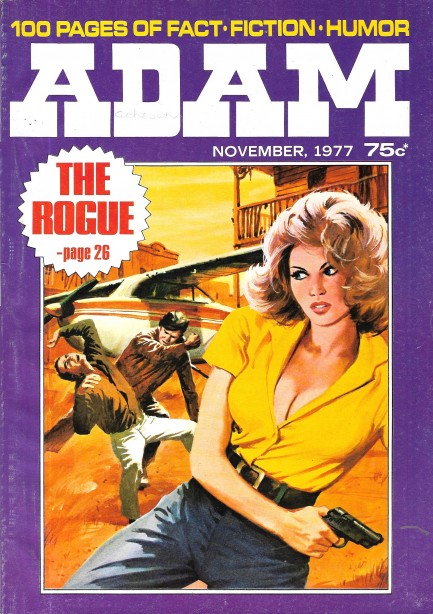
We stopped scanning our magazines and small treasures a while back because our scanner started putting a bright blue stripe on every scan. With the pandemic on we didn't get around to buying a new one, and it was also more difficult than it needed to be because of operating system issues—i.e. forced obsolescence by Apple, which is the nadir of modern evil. Months went by. Then we decided to move, then we packed, then we we moved. A couple more months were lost there. We were going to leave the old scanner behind but we figured it might come in handy for documents, lease agreements, etc. Well, the change of electricity has done it good, because the blue stripe has gone from intolerable to somewhat faint. So today you get fresh scans from your favorite men's magazine and ours, Australia's Adam. This issue is from November 1977 with a cover that illustrates the story “The Rogue,” a surprisingly good effort by Norman G. Bailey, who would go on to write a couple of war novels in the 1980s. Elsewhere inside you get the usual reliable array of art, photography, and cartoons. More from Adam soon.
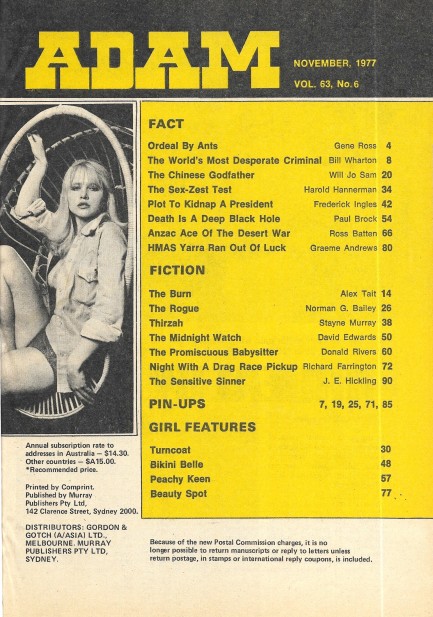

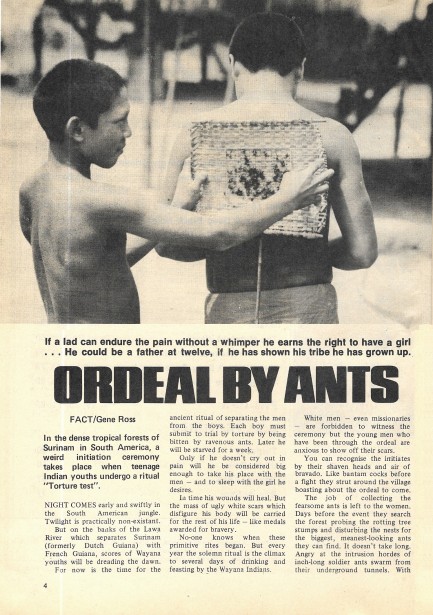
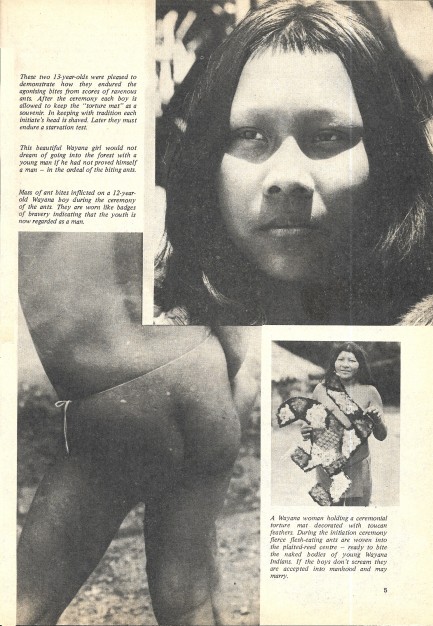

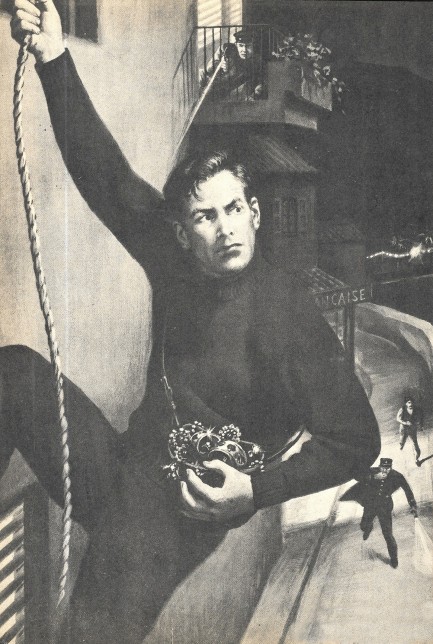
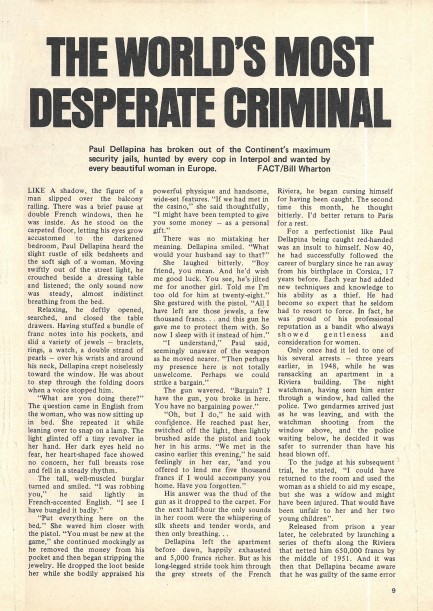
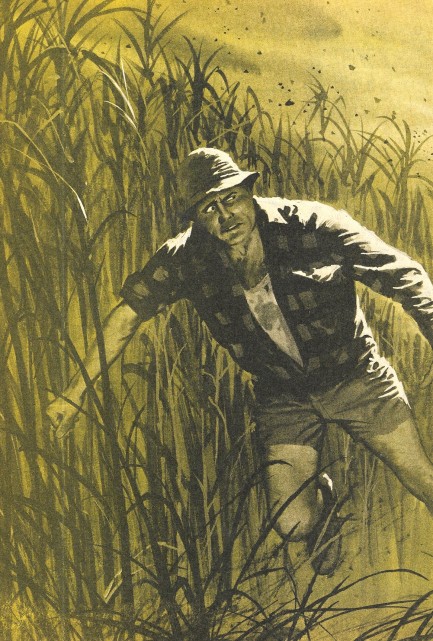
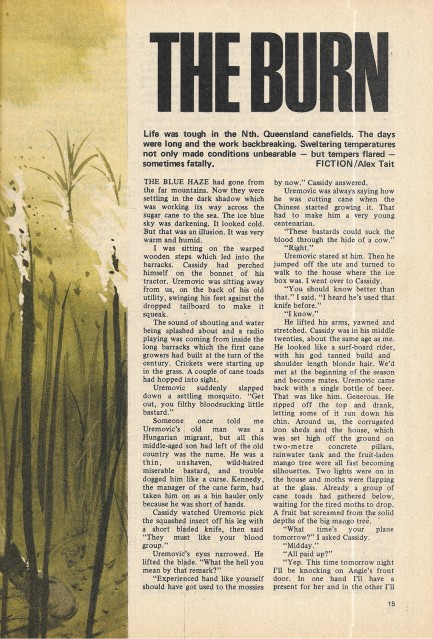

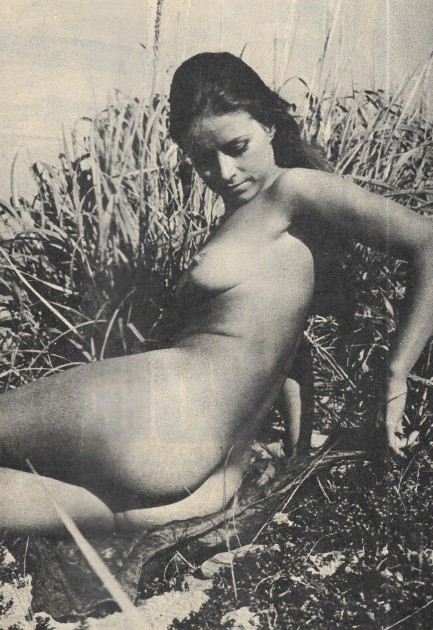
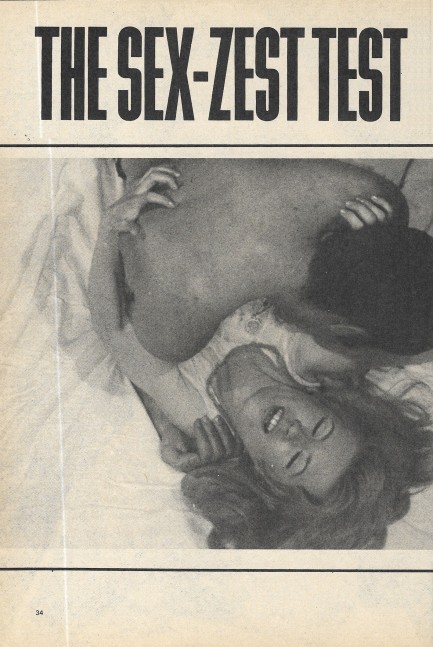
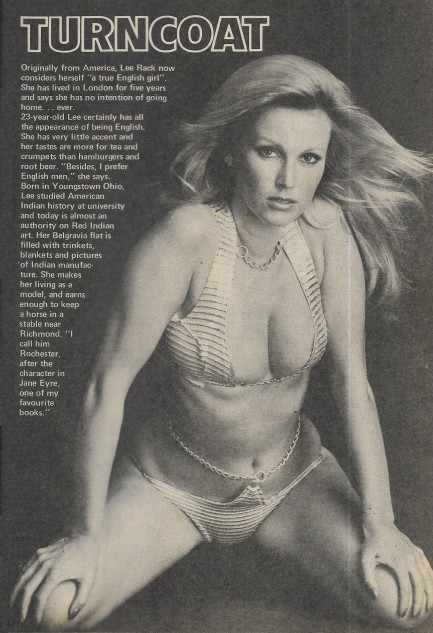
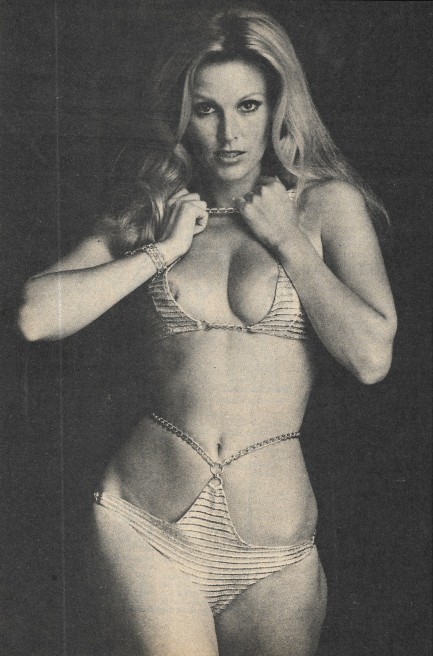
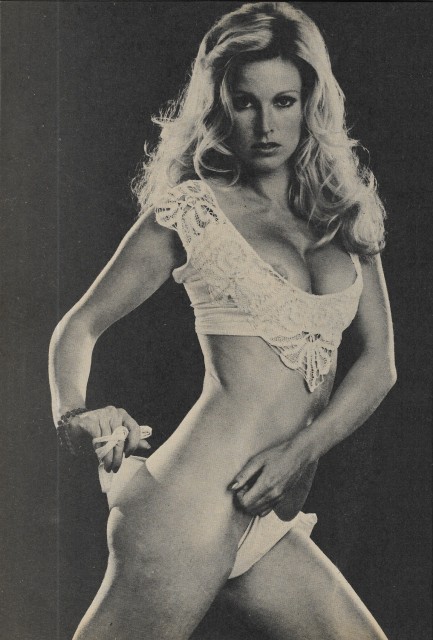
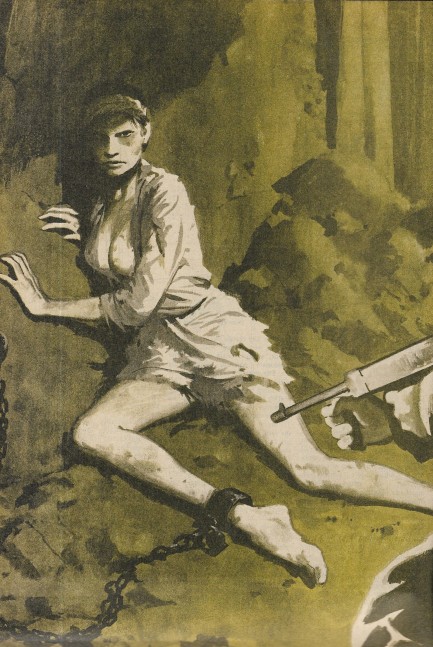
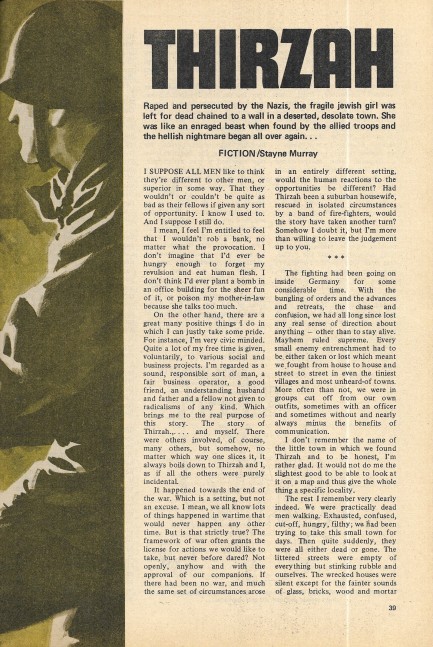
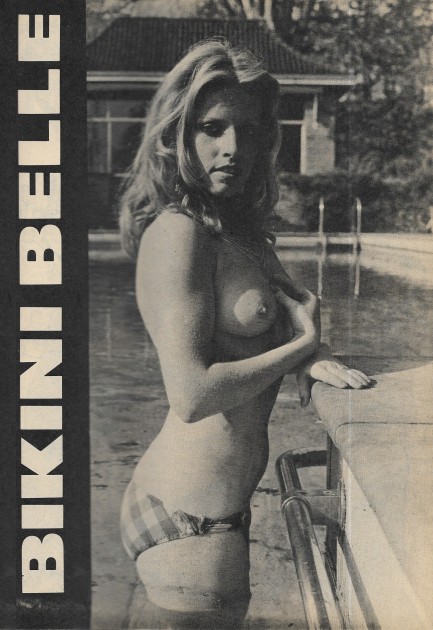

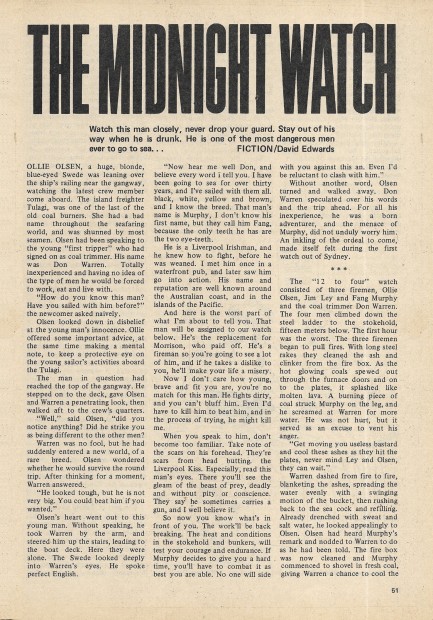
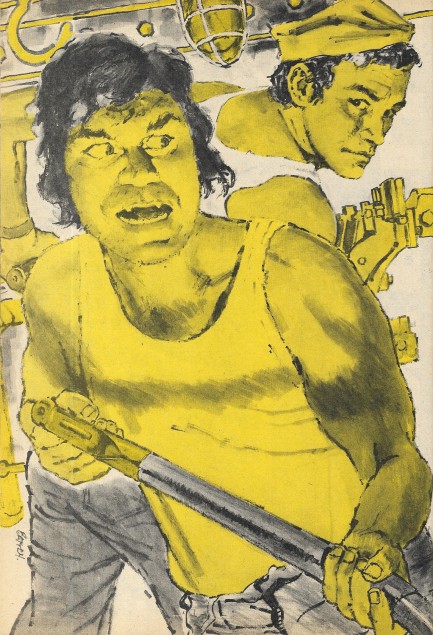
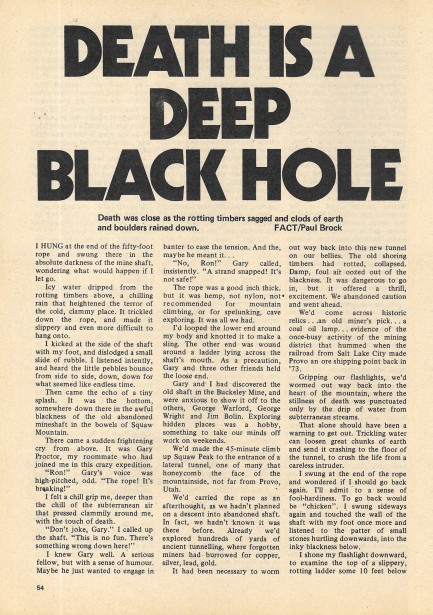
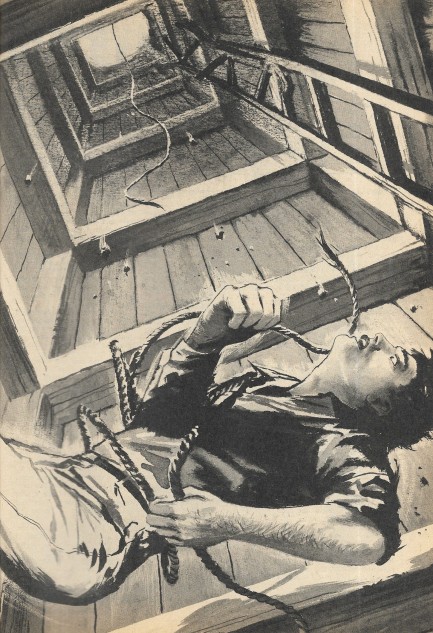
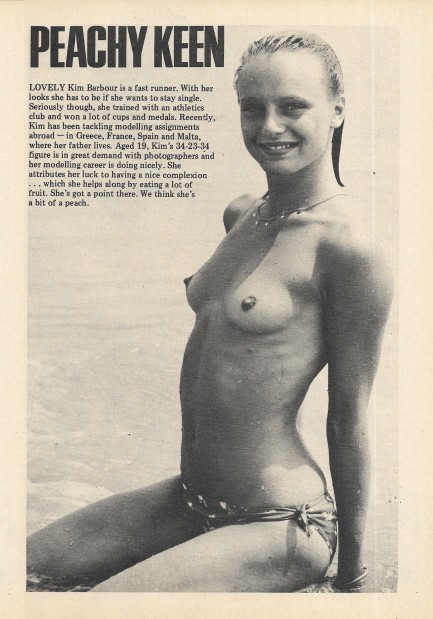
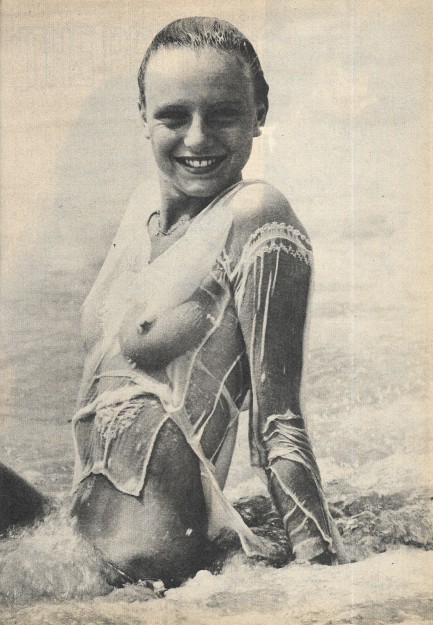
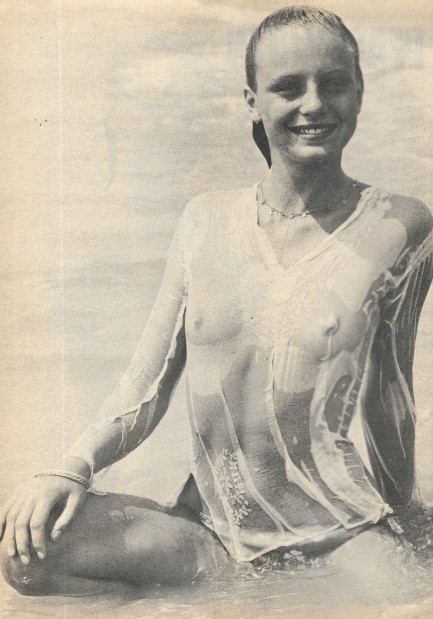
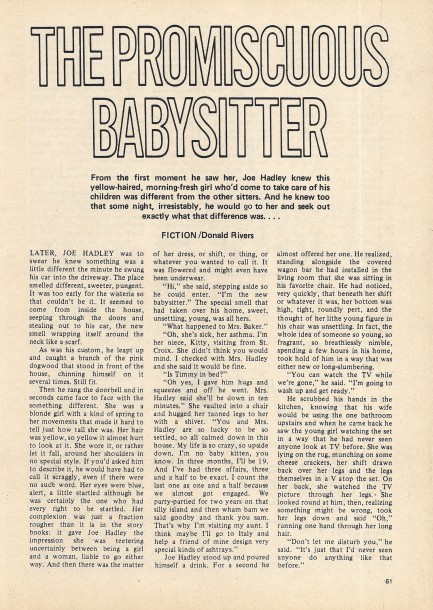
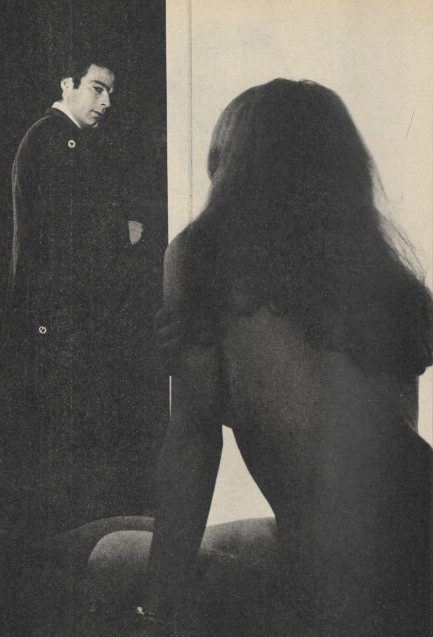
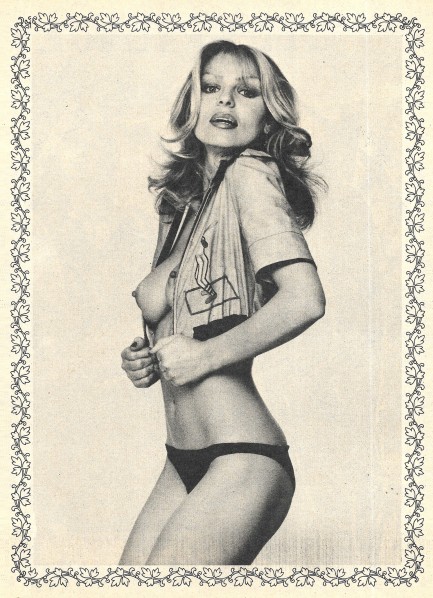
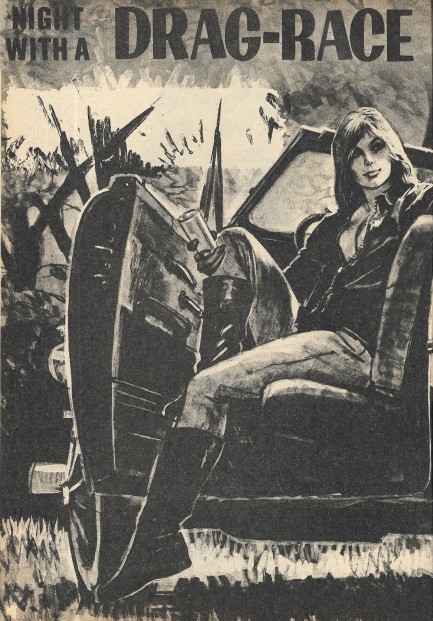
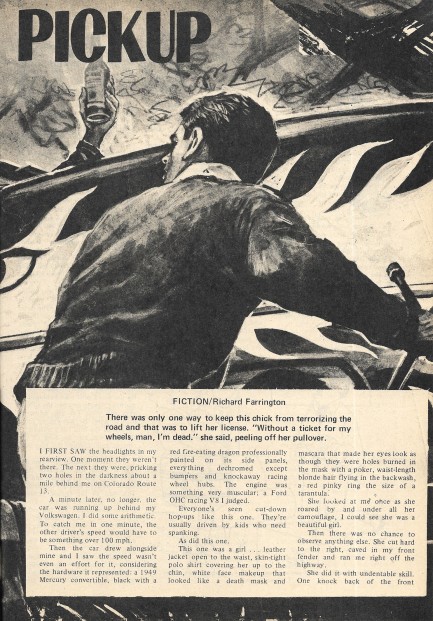


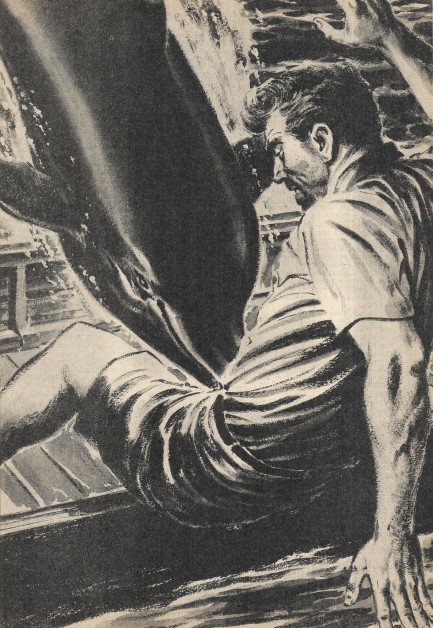
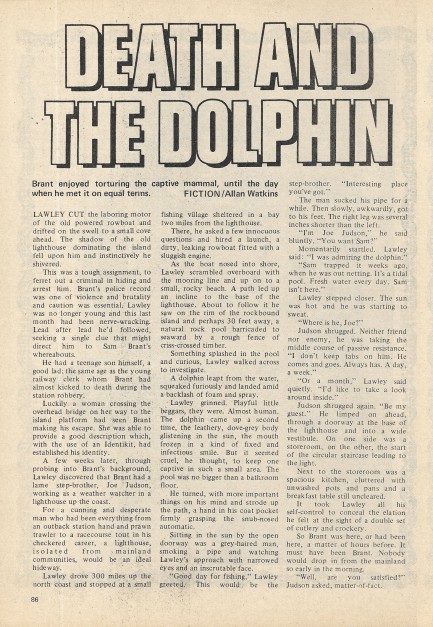
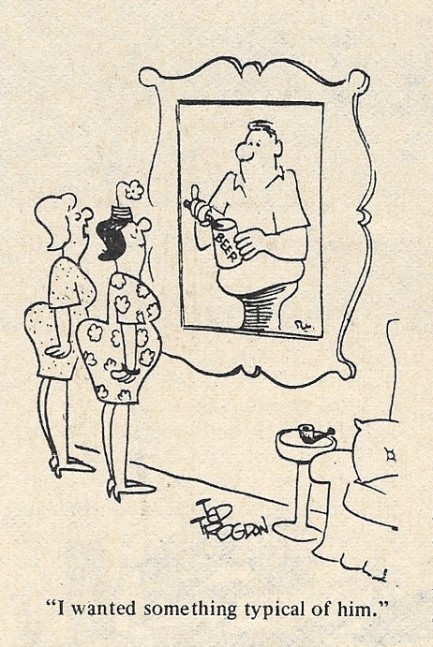
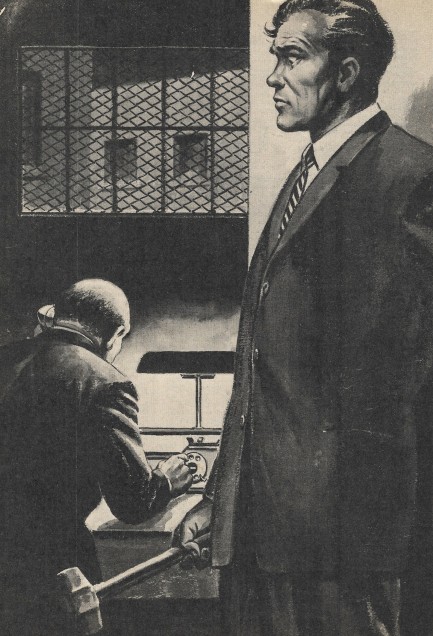
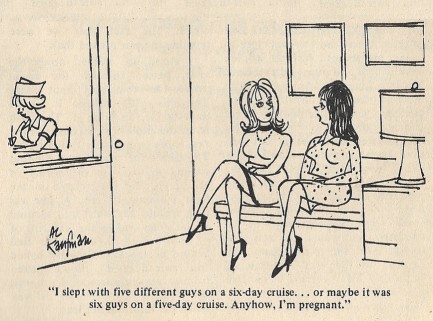
| Vintage Pulp | Mar 11 2020 |

Famed director ends up with too many cooks in his kitchen.
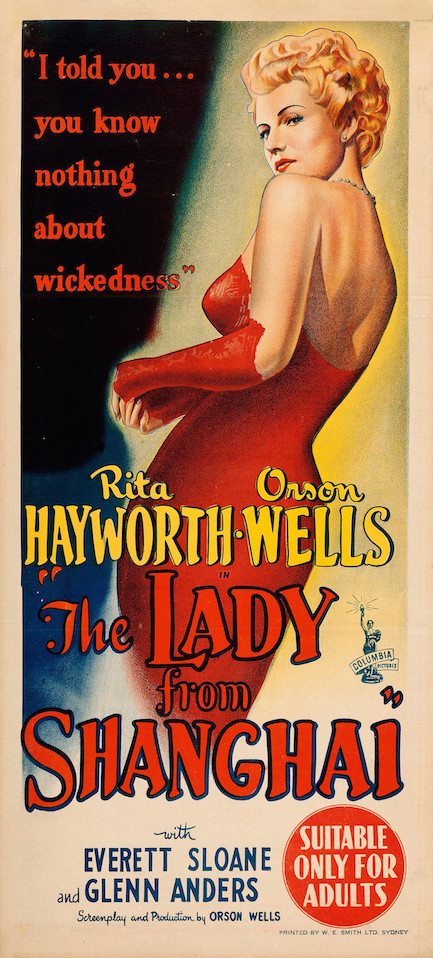
The film noir The Lady from Shanghai, starring Hollywood icons Rita Hayworth and Orson Welles, and directed by Welles, premiered in 1947 but reached Australia today in 1948, with this stunning promo poster having been distributed Down Under to help attract audiences. This film had amazing promos in many countries, some of which we'll show you later, and they all spelled Welles' last name correctly, which this one didn't. All the brilliant poster work around this movie is ironic, because Harry Cohn, who was the shot-caller at Columbia Pictures, hated it. He even shelved the flick for a year while he waited for what he deemed to be the best date to release it. When he finally did, what audiences saw was a radically altered version of Welles' original edit.
What did Cohn specifically hate about the film? Foremost there was its length, which was 155 minutes, and which Cohn ordered condensed, with the final running time coming to a mere 88 minutes. He also felt Hayworth didn't have enough close-ups, so he had those shot during extensive re-takes. Hayworth also didn't have a song, which was standard for film noir leading ladies, so Cohn had a number added and had Hayworth's voice dubbed. He hated the lighting, which he felt was a negative result of Welles choosing location work over controlled studio conditions. And he especially hated that Hayworth had agreed to chop off her auburn hair and dye it platinum. The list goes on but you get the point—clashing creative visions. Nothing new in Hollywood.
The Lady from Shanghai finds Welles playing a typical film noir schmo who falls in love with a femme fatale and is drawn into a murder plot. Other familiar film noir tropes include a trip to Mexico (not in the original novel by Sherwood King) and a tense court showdown. But what's decidedly uncommon here is Welles' visual mastery of the cinematic form. His abilities there have been exhaustively discussed and are in no way overrated, but visuals are only part of the filmic equation. There's also narrative pace and story cohesion and emotional tone, and those are areas where the movie runs into a bit of trouble. Since Welles' cut was so much longer (and presumably better) than what has ever been seen by the public, many of those problems were probably introduced by clumsy third parties.
But we can only judge what we see. Since all that missing footage is thought to have been destroyed, it takes a major leap of faith to see a masterpiece in what Welles himself thought was a diced up travesty of his original vision. We don't understand how anyone can truly revere him, yet disregard his artistic opinion. But that's exactly what some contemporary film writers do. We recently read a review that discussed how well the visuals and music work together, but Welles hated the score, which he had no control over and which lacked the subtlety he wanted it to have. We suggest that a critic is trying way too hard when they lavish praise upon a director for something he didn't even do. Welles was a genius—agreement on that point is universal. But even geniuses are not so magical that their abilities can overcome the artistic myopia and careless scissors of studio heads.
The Lady from Shanghai received mixed reviews when released, and ultimately, those reviews strike us as fair. There's plenty here worth seeing, particularly the ravishing Hayworth and nice location work in Acapulco and Sausalito, and of course Welles makes shots like Steph Curry makes 3s. But even so, the final result is good but not great. Not a failure, but not a top notch film noir. Calling The Lady from Shanghai one of the best of the genre is just unfair to the many, many great noirs that were made. Still, if you're a noir fan you should see it. And we're confident you'll enjoy it like we did. On the other hand, if you've never watched a film noir and this happens to be first one you see, we can easily picture you giving a shrug and drifting away from the genre, never to return.
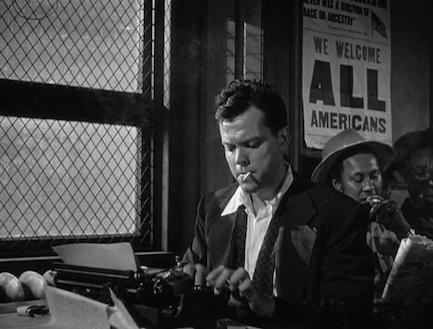
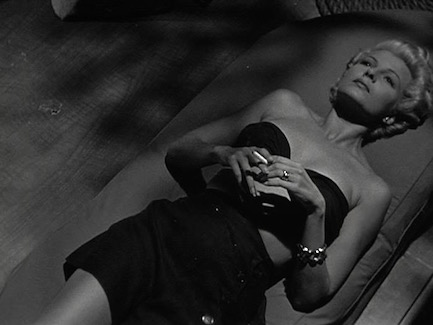
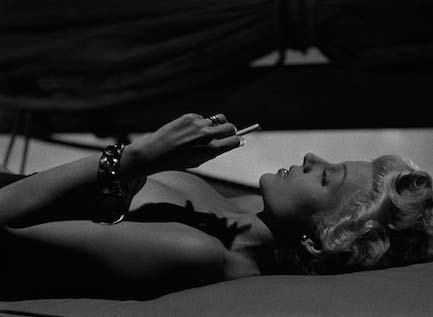
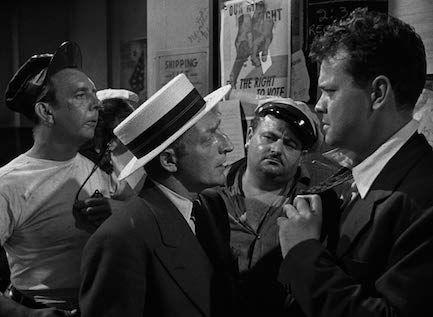
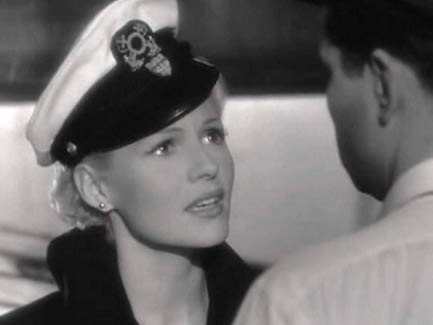
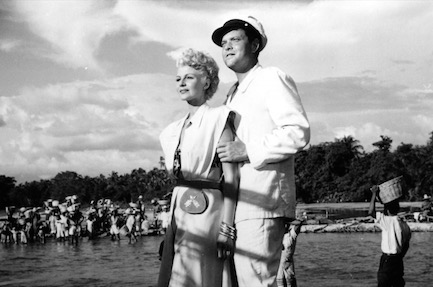
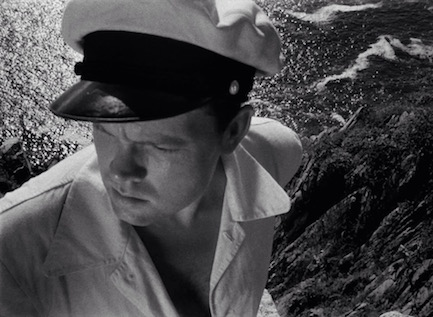
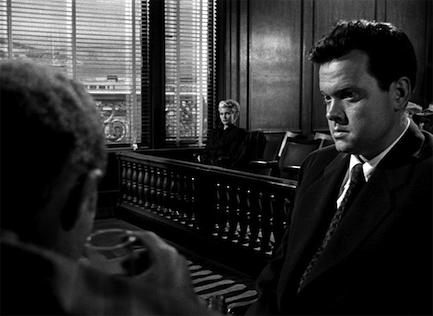
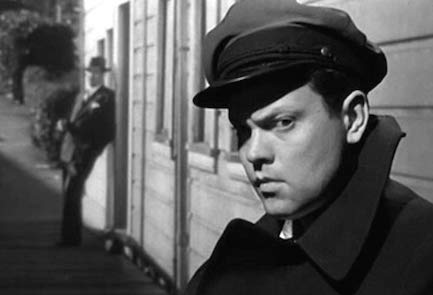
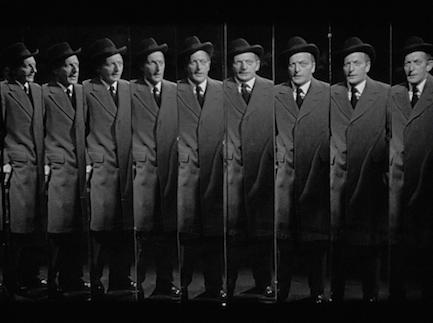
| Vintage Pulp | Mar 4 2020 |

I don't know who he is, but if I could wait a year to get you in bed, he can wait until morning to get to the morgue.
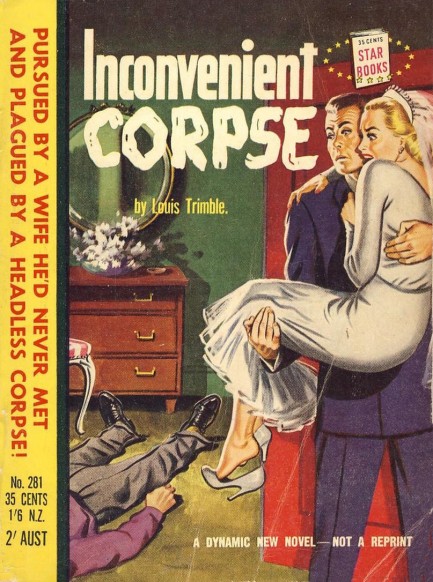
Above, a cover for Louis Trimble's 1946 thriller Inconvenient Corpse, re-published in 1955 by Australian imprint Star Books. The art is uncredited, but looking at this scene we can imagine the conversation that happens after the shock wears off. We hear the groom going, “We could still do it. It's not like he'd actually be watching us. He'd want us to do it. For him. He'd want us to be happy.” You're thinking no woman would ever be crazy enough to have sex with a corpse in the room. And you'd be oh so very wrong.
| Vintage Pulp | Feb 18 2020 |

The key to a successful assassination? Time management.
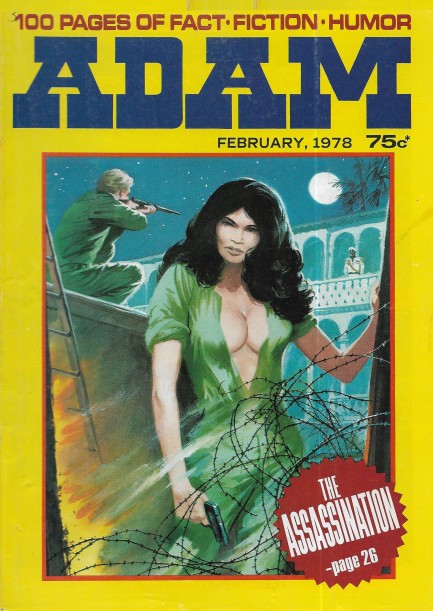
Just that quickly we have another Adam for you today. This issue is from this month in 1978, with a cover illustrating Norman G. Bailey's story, “The Assassination.” We're still trying to make sense of this take on the classic international hitman motif. If we understood it correctly, a highly skilled killer is hired for a hellishly difficult hit on a head of state in the fictional country of Damahomey. He travels by plane, boat, and train, cases the job, beds the femme fatale, pulls off the job, and returns home carrying a valise bulging with Damahomeen currency. But once back in the U.S., he finds he can't exchange this money for dollars because it went out of usage in 1930. Well, that's weird, considering everyone was using it in Damahomey. He subsequently finds that the man he assassinated was killed in 1930. So, seemingly, unbeknownst to him—or the reader—he traveled back in time and shot a guy. All without a machine or any bells and lights of any sort. We went through the tale again to see if we missed the part where he pushed a big red button marked, “Press Here To Travel Back in Time,” but nope, wasn't there. So the assassin was hired by time travelers, and somehow also time traveled through no agency of his own. Fine, we guess. Give Bailey credit for thinking outside the box. We have thirty-plus scans below, including rarities of Sharon Tate and members of the Manson Family, accompanied by Adam's take on the infamous Tate-LaBianca murders.
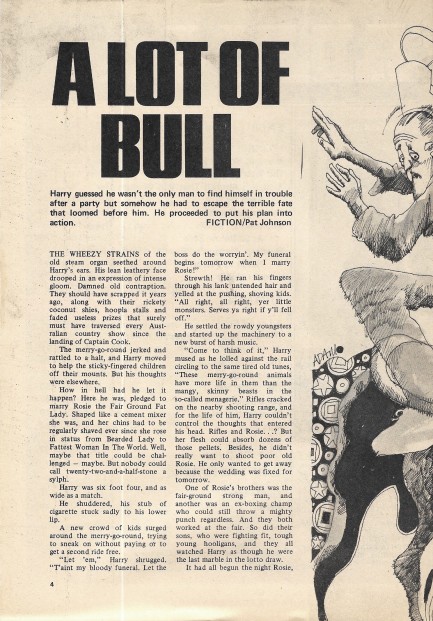
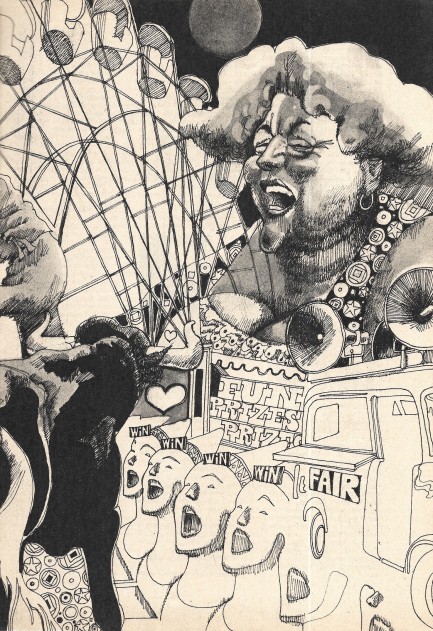
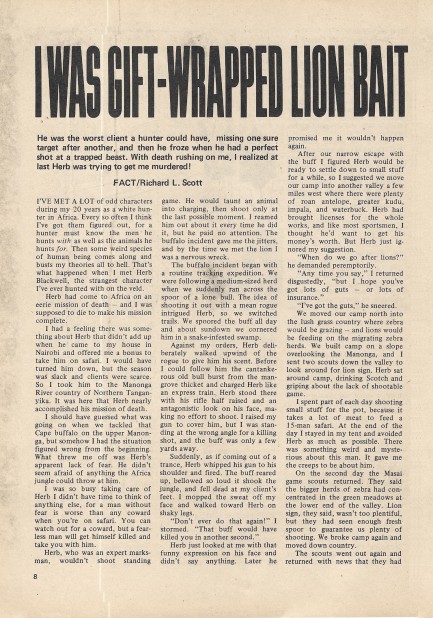
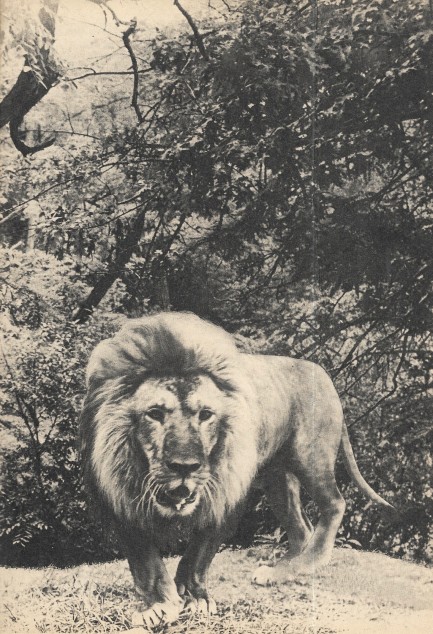

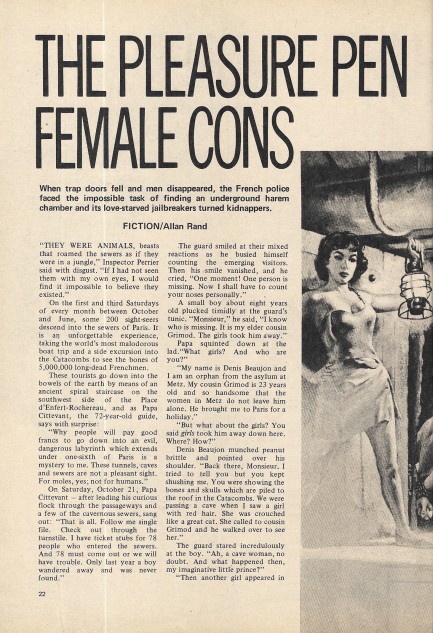
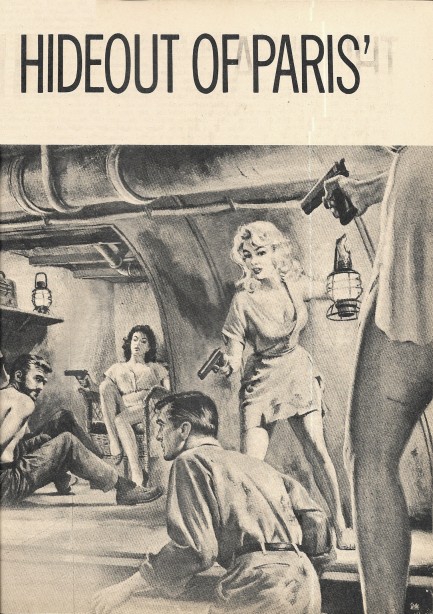
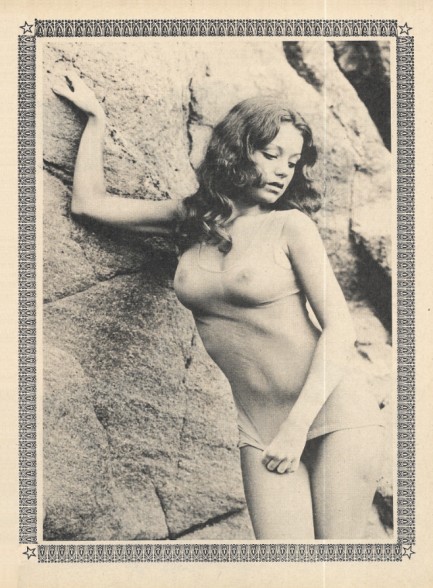
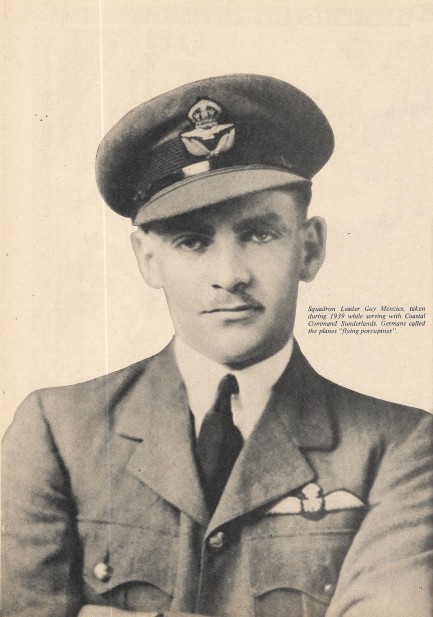



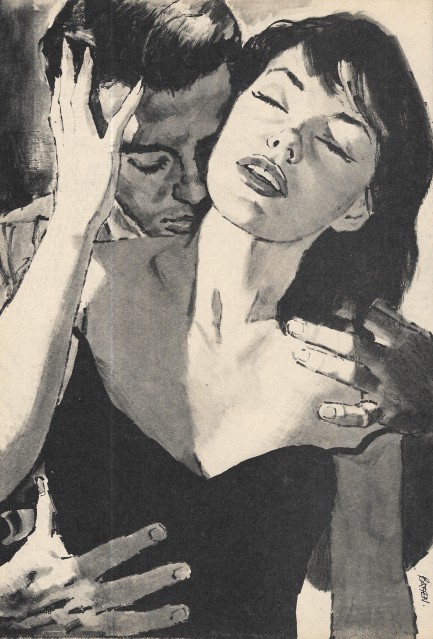
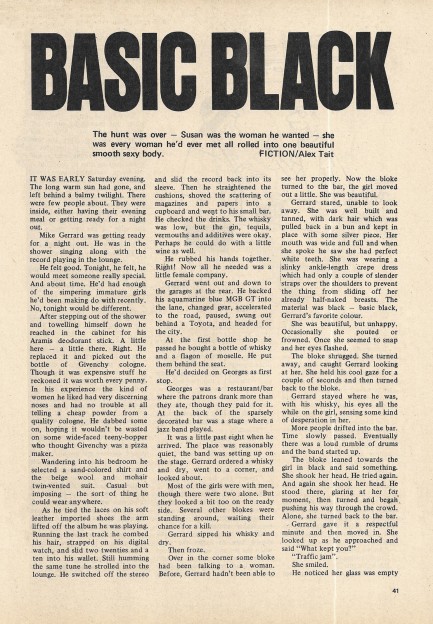

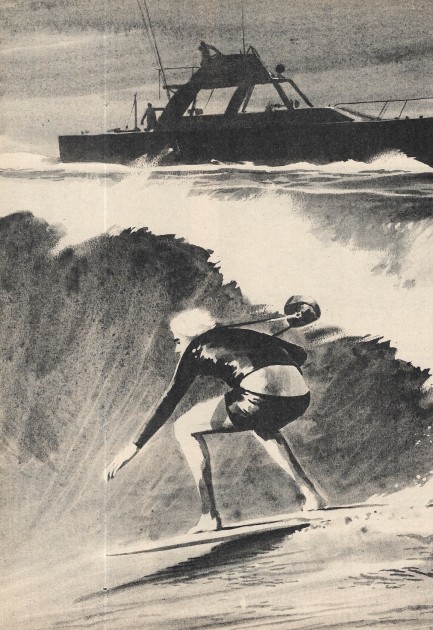

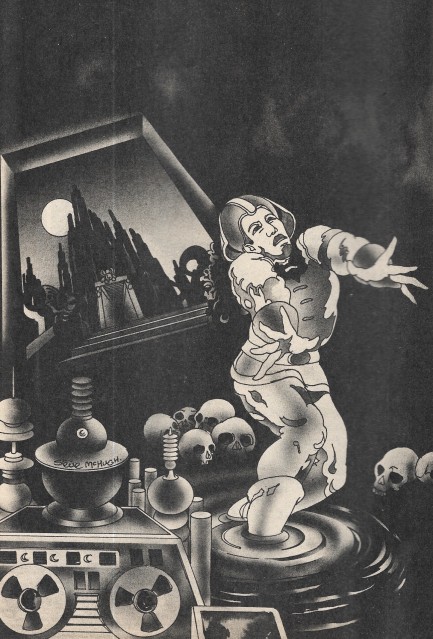
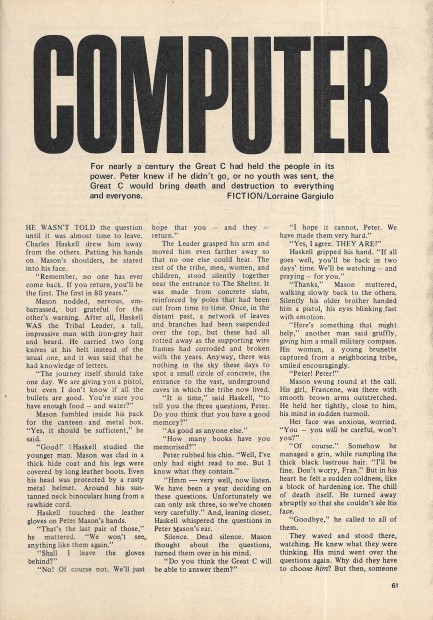
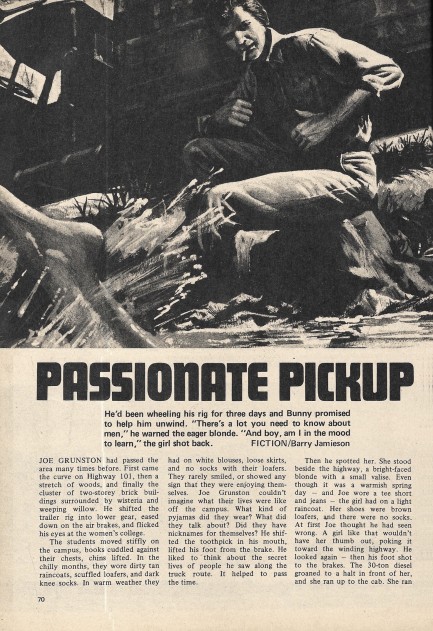
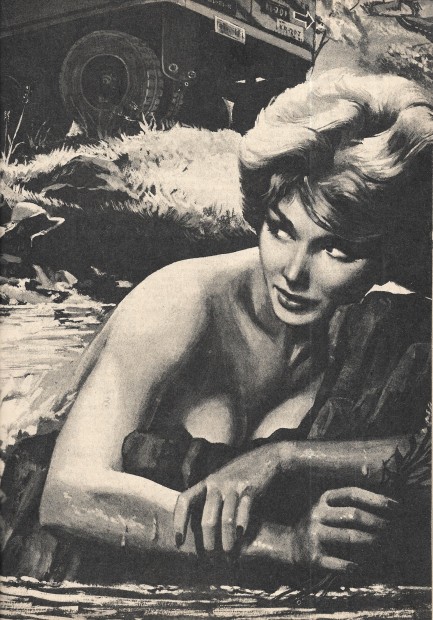
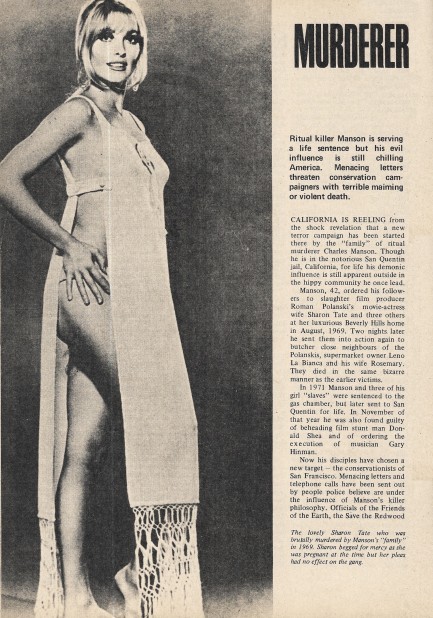
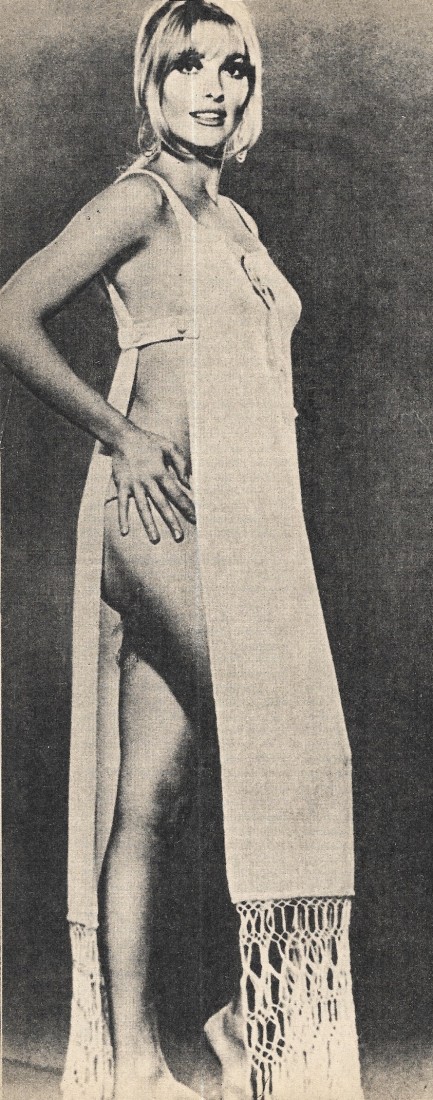
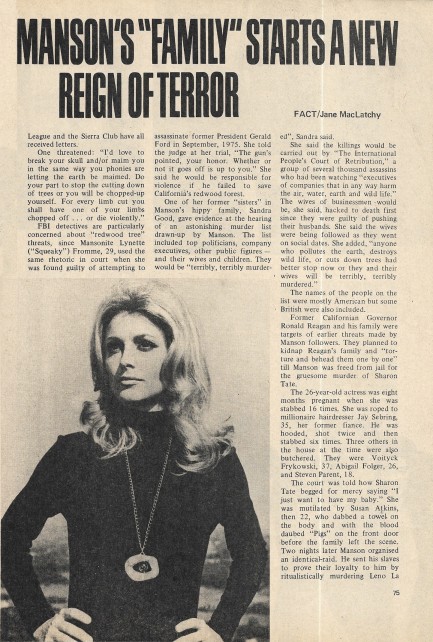
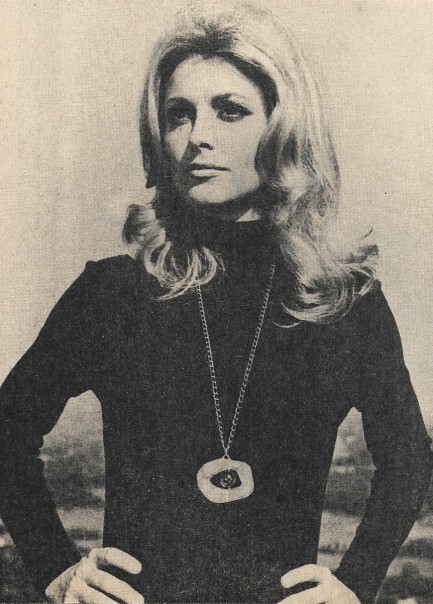
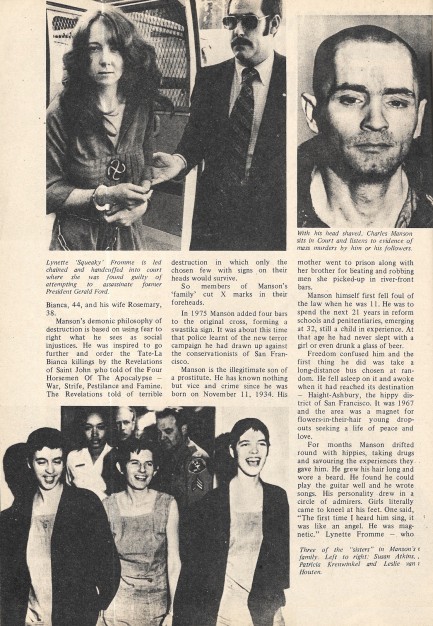
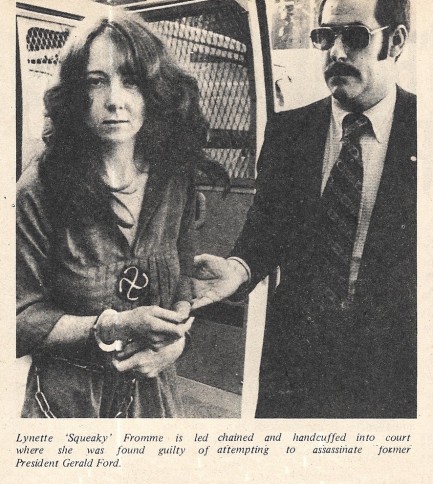
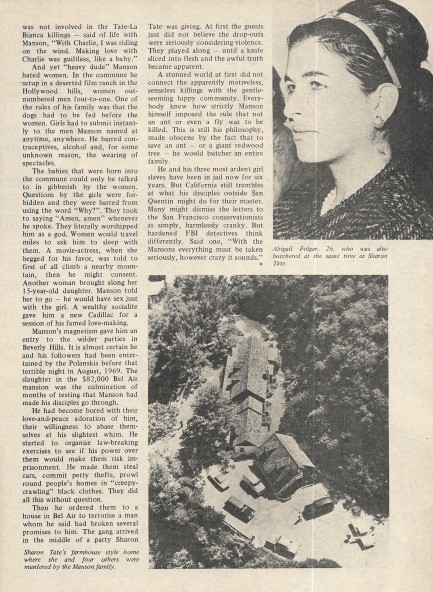
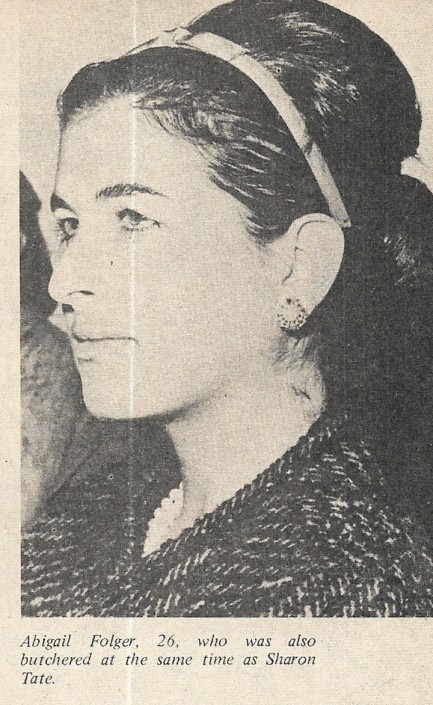



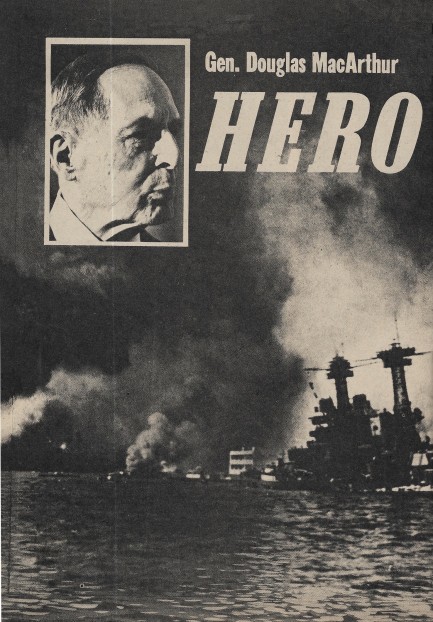
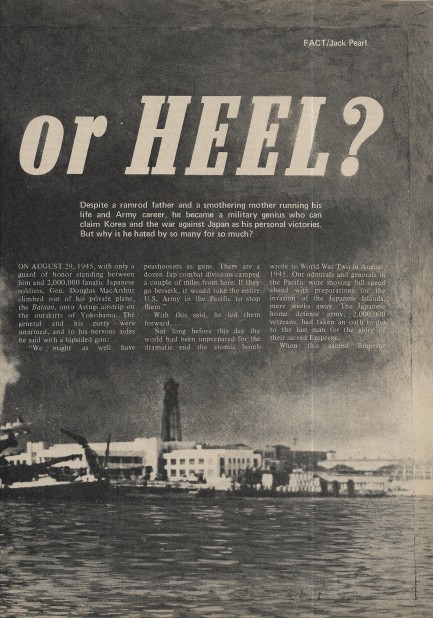
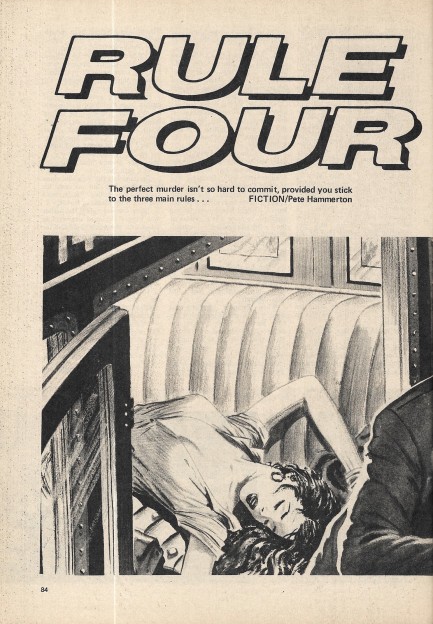
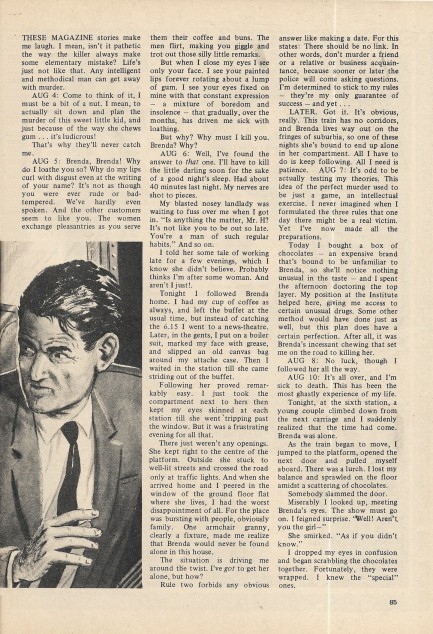

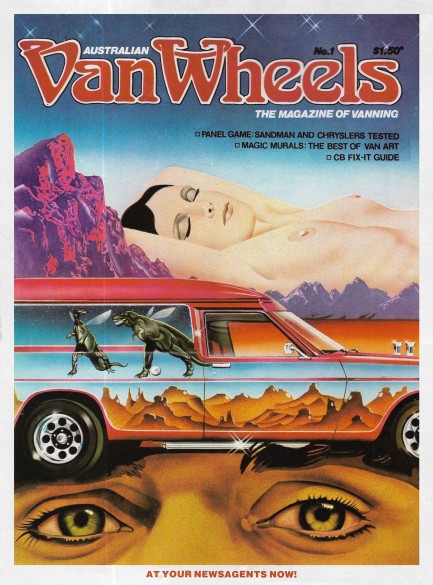
| Vintage Pulp | Feb 17 2020 |

He promised her a smashing time on safari but this was nothing like she had in mind.
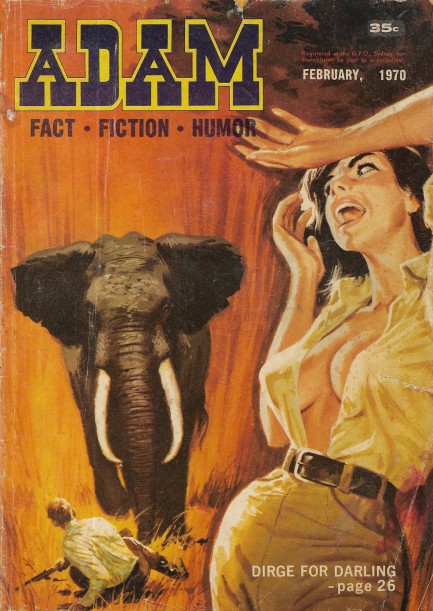
Adam magazine's covers are nearly always the same—two to four people and a pivotal action moment. This front from February 1970 is a typical example. It shows an unfortunate hunter learning that elephants sometimes won't simply stand still and let you shoot them through the heart so you can turn their tusks into paperweights. The nerve, really. The painting is great. It's by Jack Waugh or Phil Belbin, but it's unsigned, so there's no way to know. Waugh did sign a couple of the interior panels, though. The cover was painted for Ken Welsh's story, “Dirge for a Darling,” which deals with a woman on safari who wants her hunting guide to kill her rich, alcoholic husband. Risky, but when you stand to inherit fifty million dollars, what's a little risk?
We try to avoid spoilers, but since you're never going to have a chance to read this obscure story, we'll just tell you what happens. The husband is a terrible guy, and he spends his days shooting badly at wildlife, and his nights drinking himself into a stupor. The fact that he's always insensate by dark is what allows the wife to start bedding the hunter right in camp in the first place. Once the hunter has been convinced to do the job, he realizes he must devise a foolproof yet suspicion free murder. He plans and schemes for days, looking for an angle, and finally tells the wife he has an idea, but the less she knows the better. Her job is to convincingly play the grieving widow when it happens, so for the sake of realism it's better if she's in the dark.
One morning the hunter comes to fetch the husband for a foray into the bush. Elephants are near. Today is the day the husband will finally get a big tusker. But the husband is hung over like never before. He wants a trophy, but can't possibly go shooting. He asks the hunter to bag an elephant for him. As the cover depicts, the hunter gets trampled to death. When the news comes to camp, the husband smiles evilly. The hangover had been an act. He'd discovered his wife's affair and, while she and her lover were otherwise occupied, had filed down the firing pin on the hunter's rifle. The gun didn't work when needed, resulting in a squashing.
The husband has a celebratory drink and forces his wife—who hates liquor—to join him. The husband cramps, convulses, and dies in excruciating pain. The wife realizes the hunter's foolproof murder method was to poison her husband's beloved liquor in such a way as to make authorities think it had been a bad batch. Then she cramps, convulses, and dies in excruciating pain too. The story ends: “It was all very sad when you considered the talent of those involved, but there it was. The principals, no doubt, went to hell. The $50,000,000 went to charity.” We've read a lot of Adam stories, and this was one of the more entertaining efforts. We have numerous scans below, with Claudine Auger in the second panel, and more Adam coming soon.
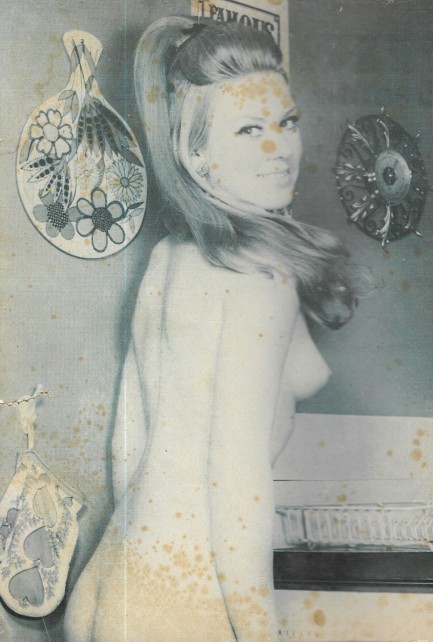
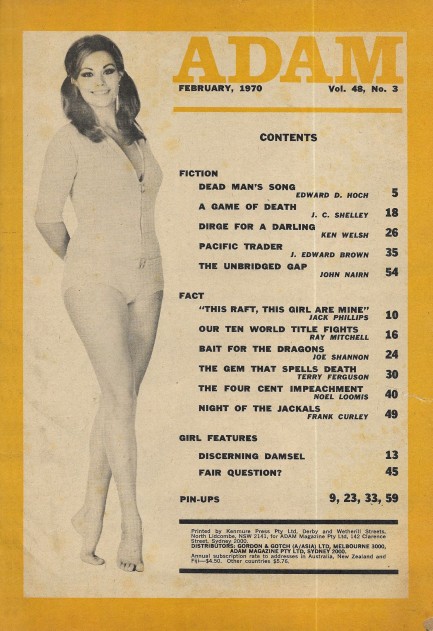

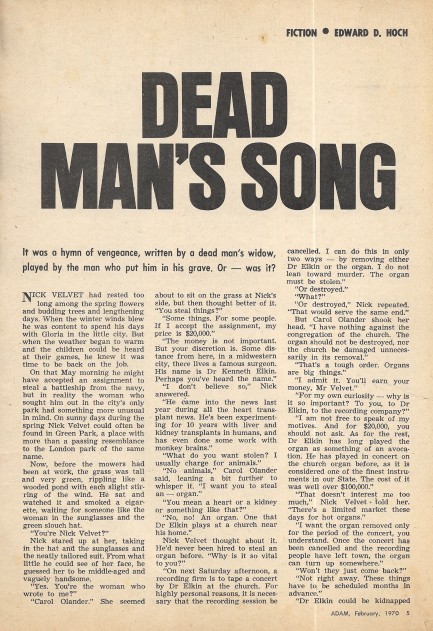
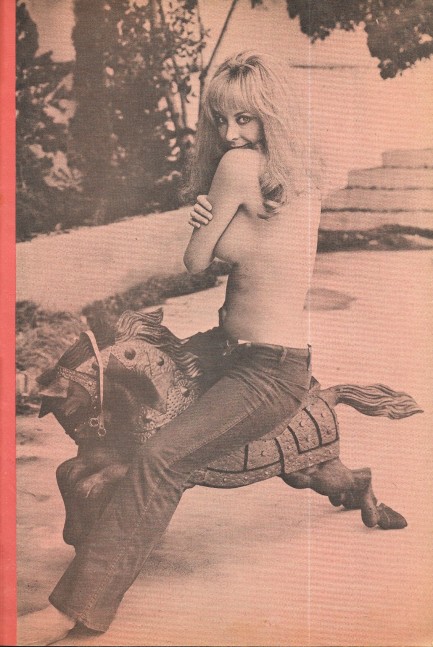
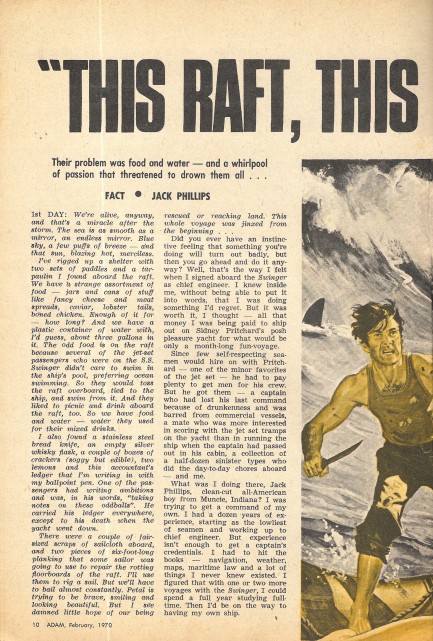
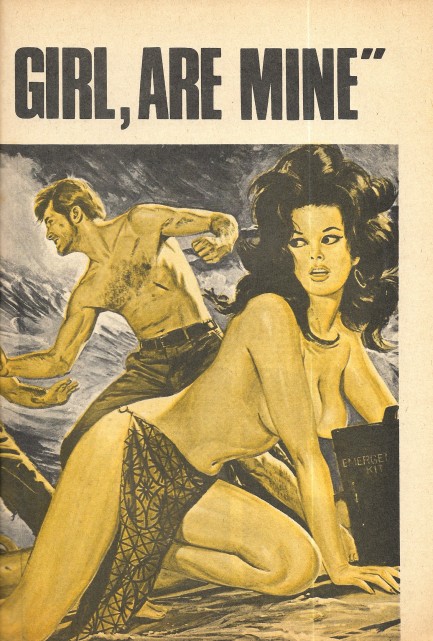
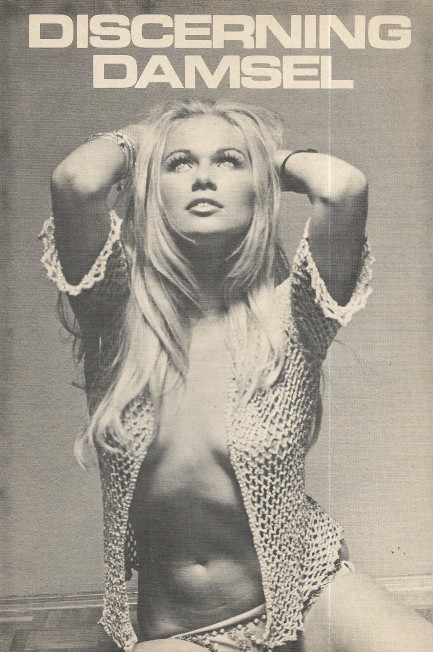
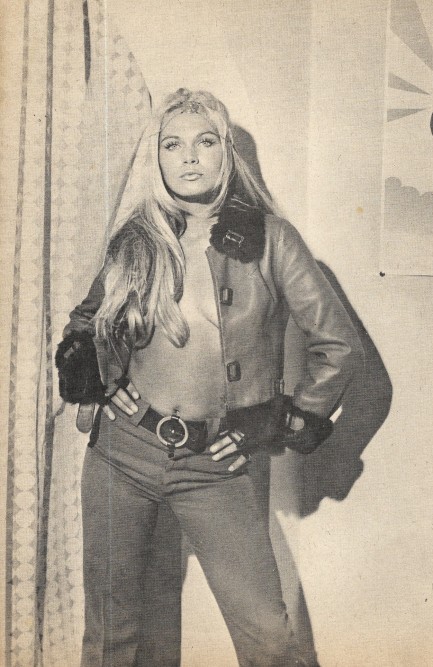
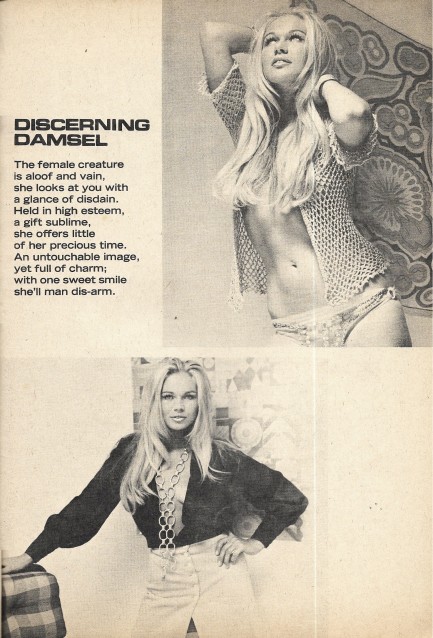


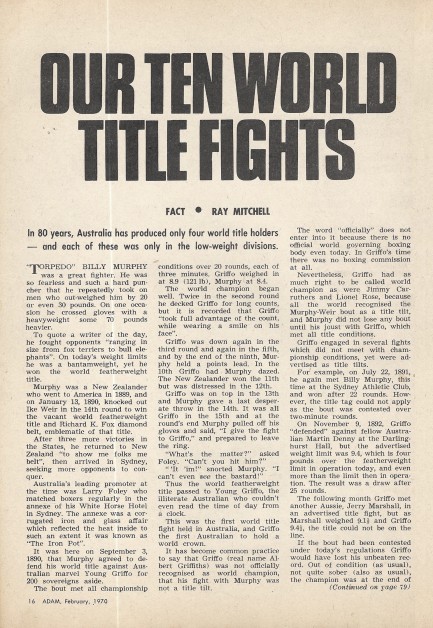
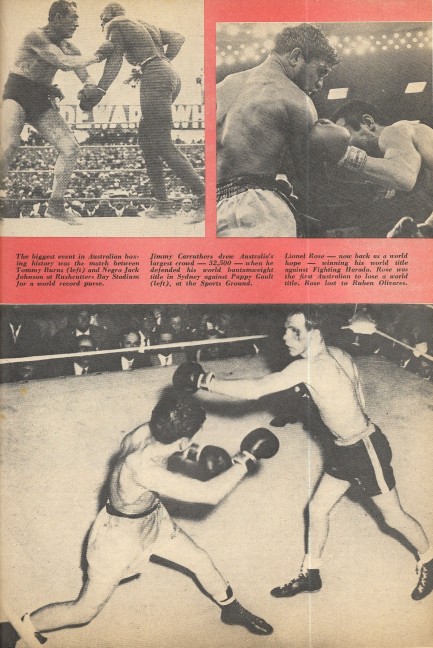
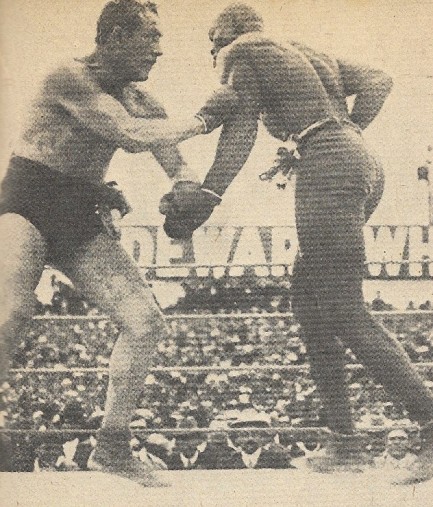
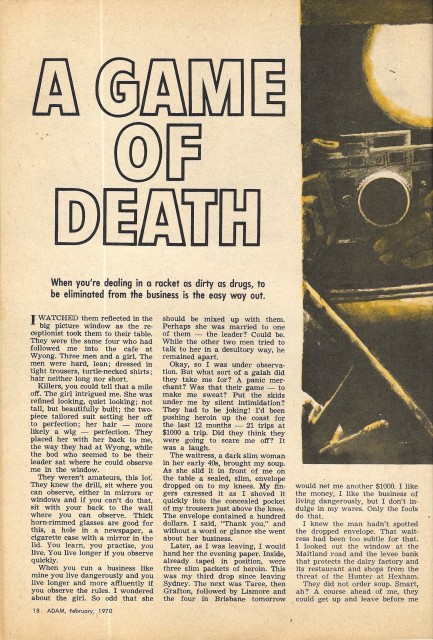
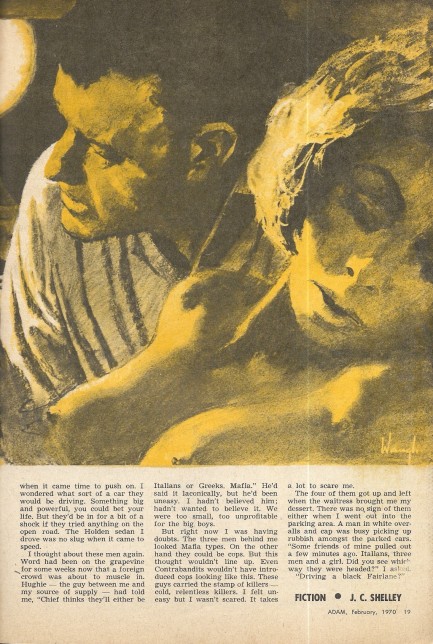

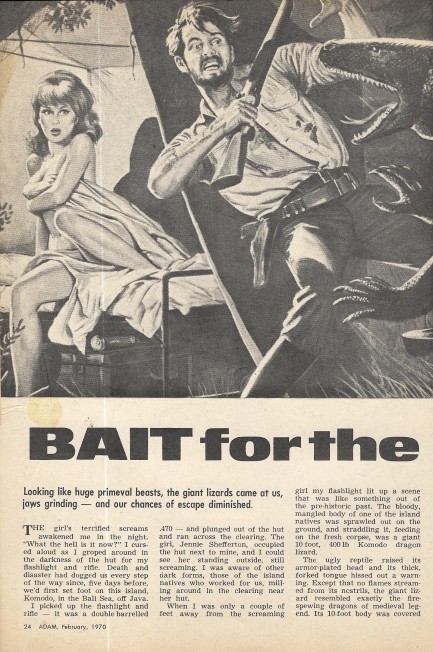
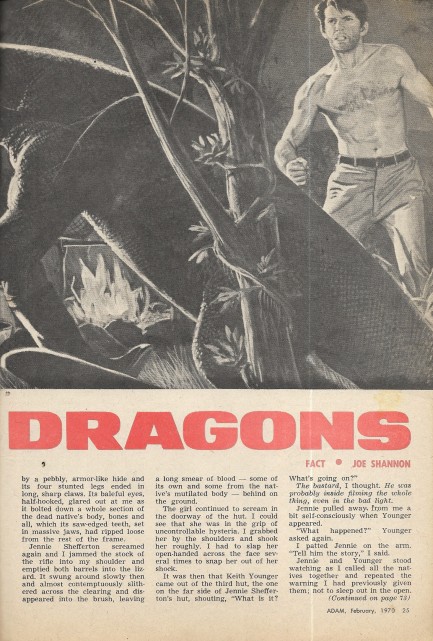
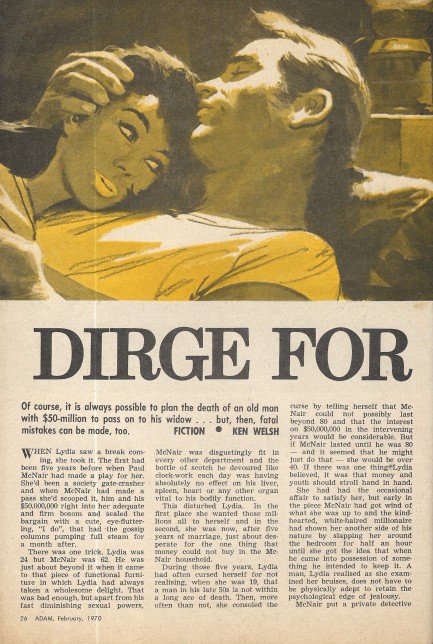
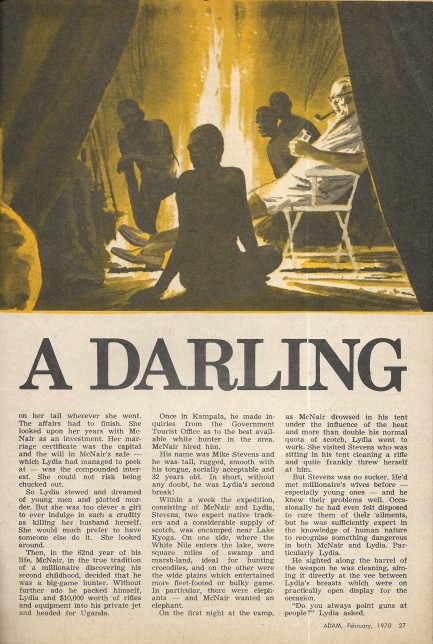
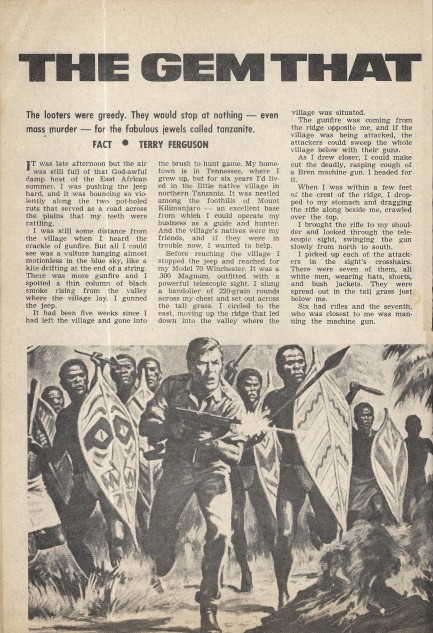
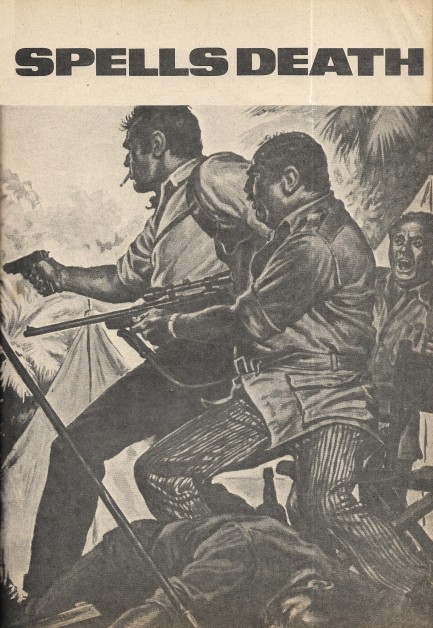
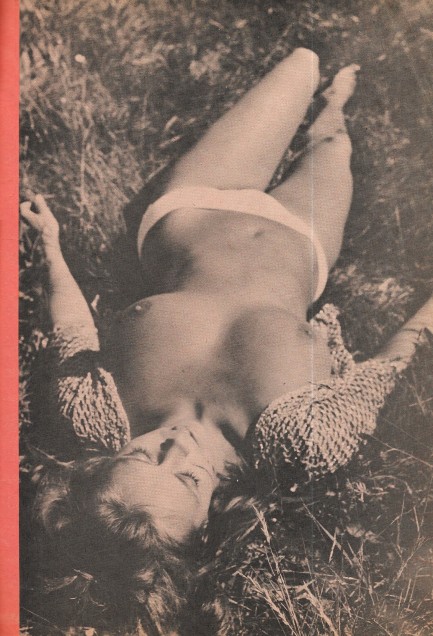
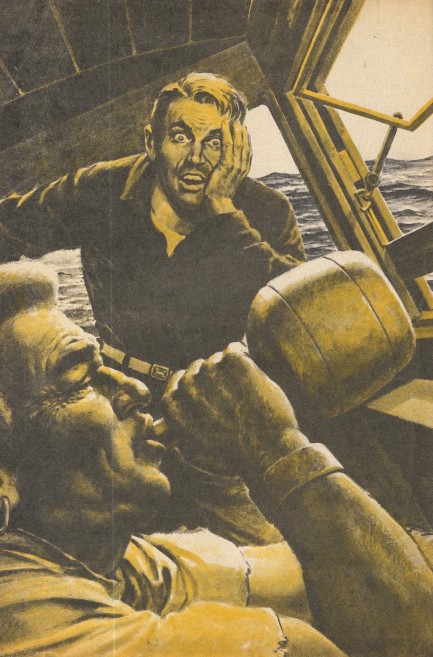
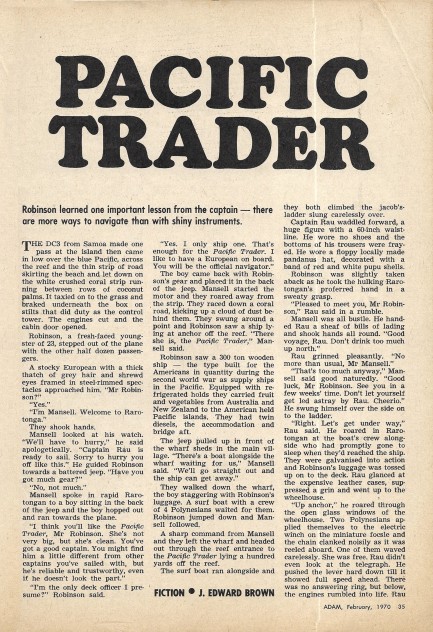
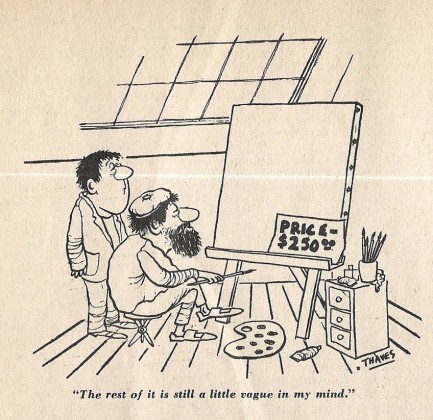
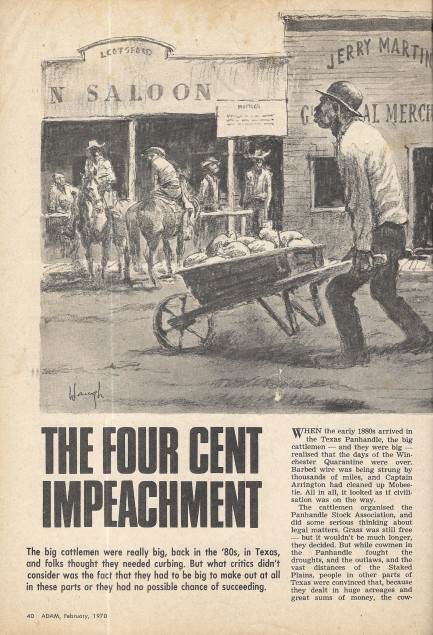
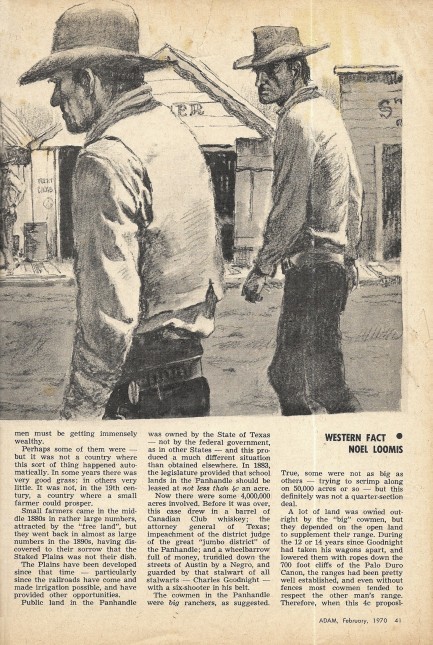
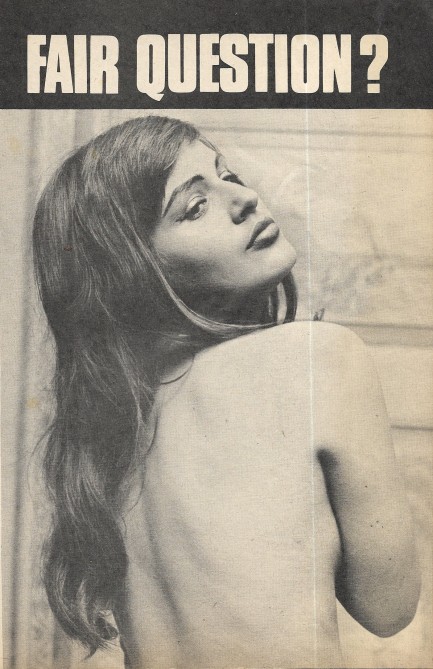
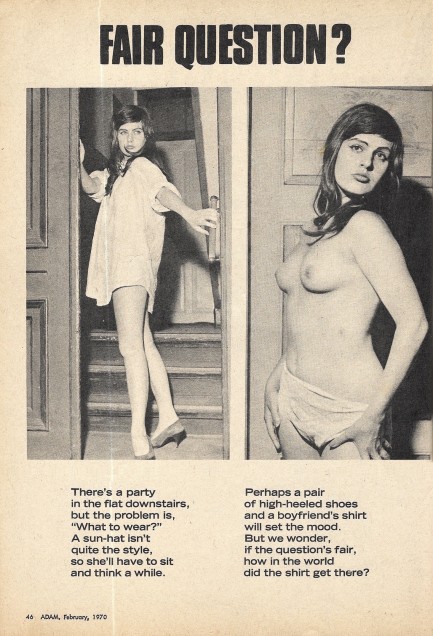

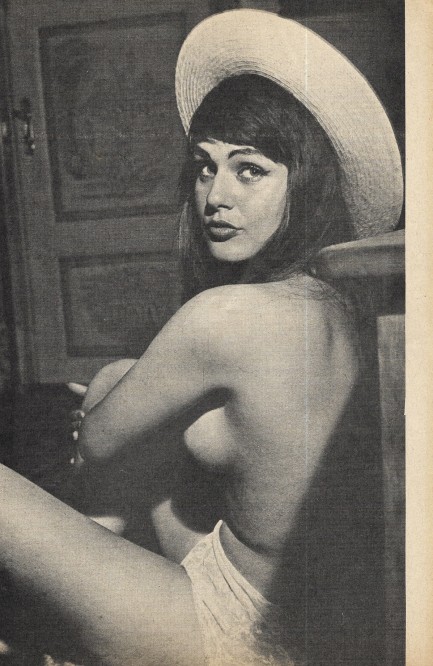
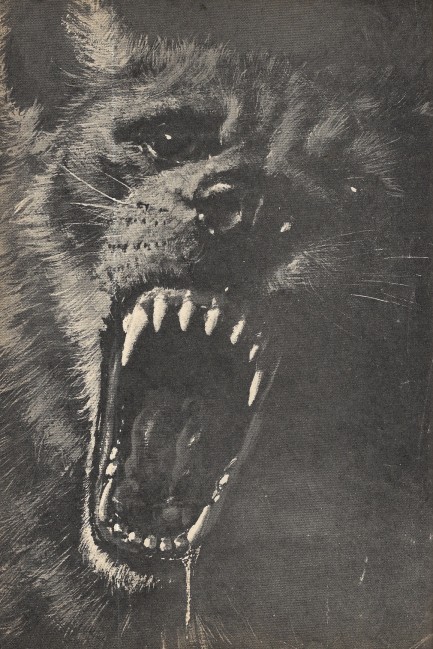
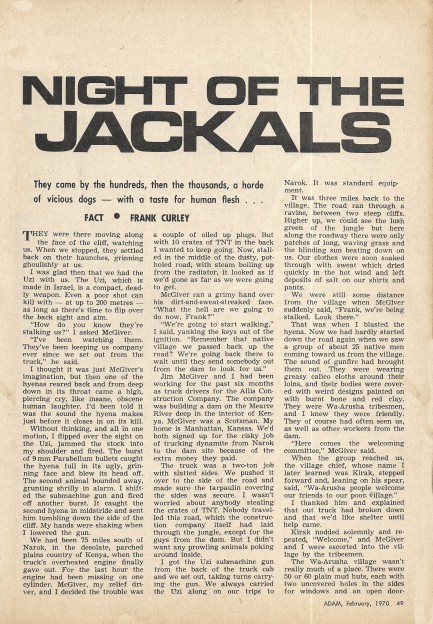
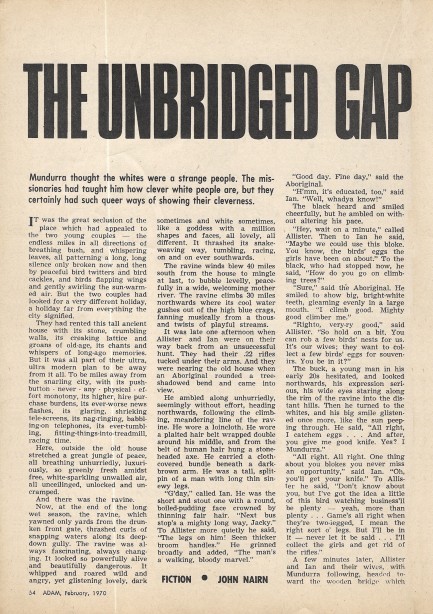
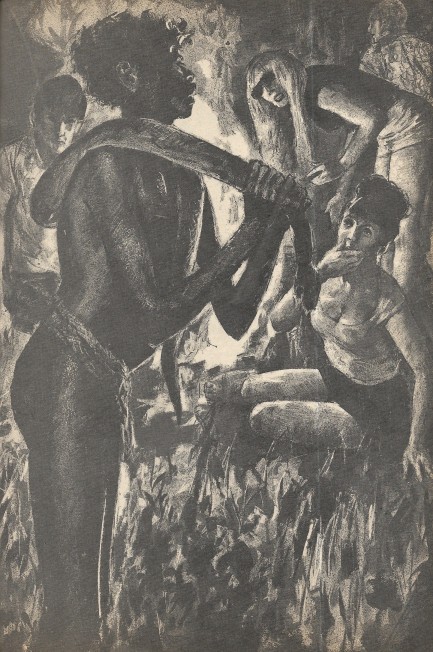
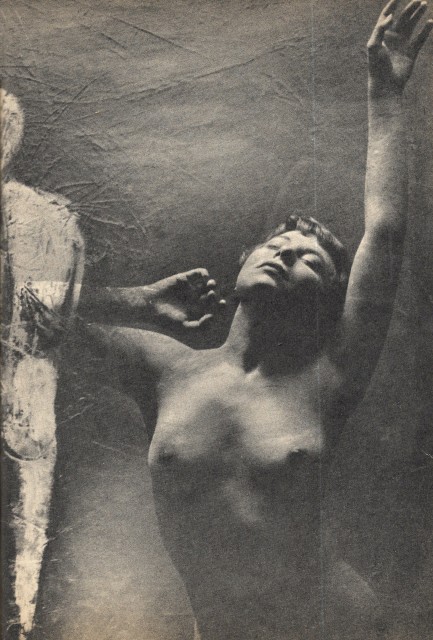
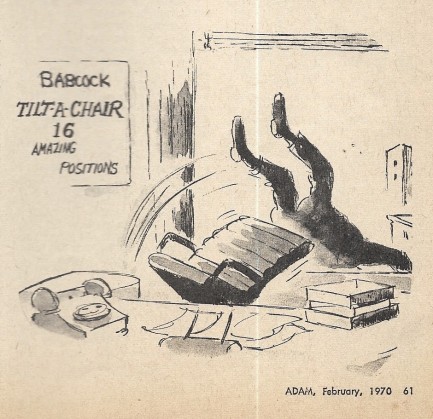
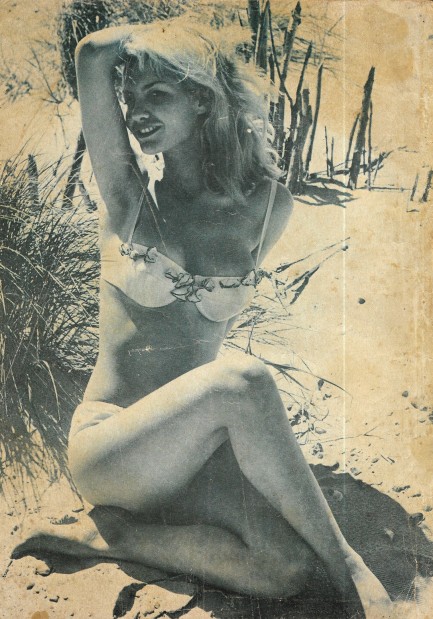
| Vintage Pulp | Jan 27 2020 |

American star adds pizzazz to a pair of Aussie thrillers.
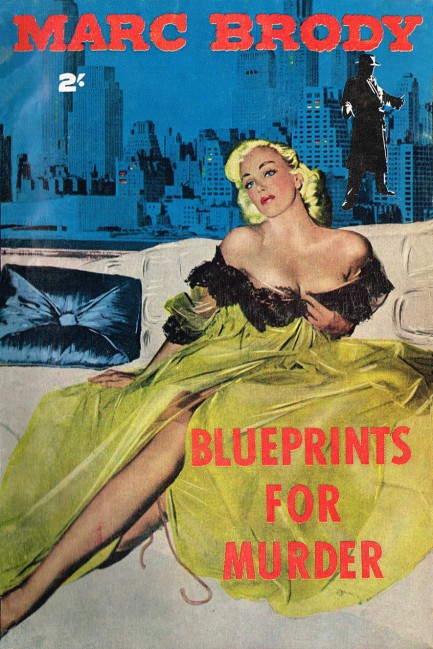
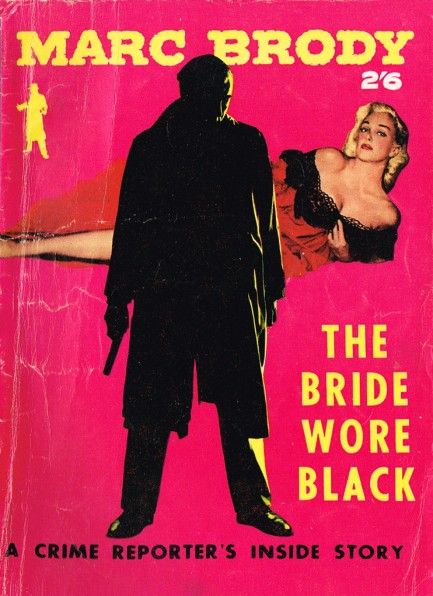
Today we have two more paperbacks from Australia's Horwitz Publications, a company that, as we've documented often, opportunistically used numerous Hollywood celebs on its covers. This time it's Jan Sterling, who appears on 1955's Blueprints for Murder and 1956's The Bride Wore Black, both written by the prolific Marc Brody. Sterling was never a top tier actress but she was in a lot of good movies and earned an Oscar nomination for The High and the Mighty. She also posed for some stunning photos, including the two at this link. These book scans float around online, which means we don't know where they originate, but if we had to guess we'd say Flickr, so thanks to the first uploader.
| Vintage Pulp | Dec 30 2019 |

Let's split up here! And in case I get killed, nice ass! Forgive the objectification, but I couldn't leave it unsaid!
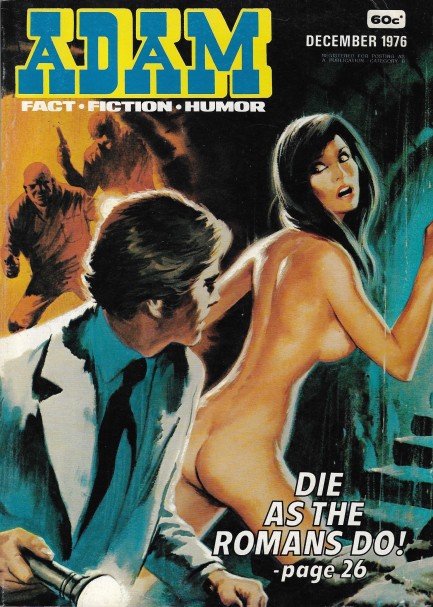
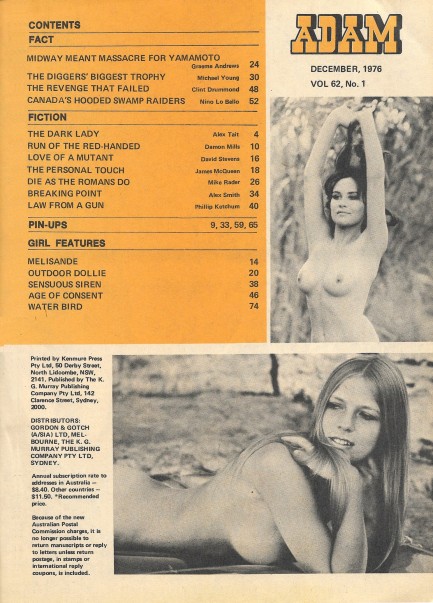

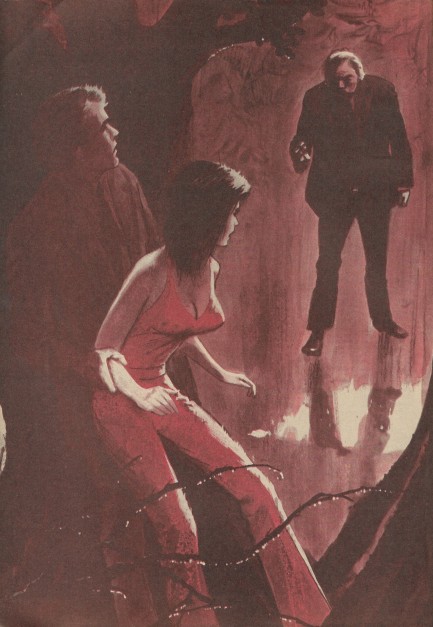
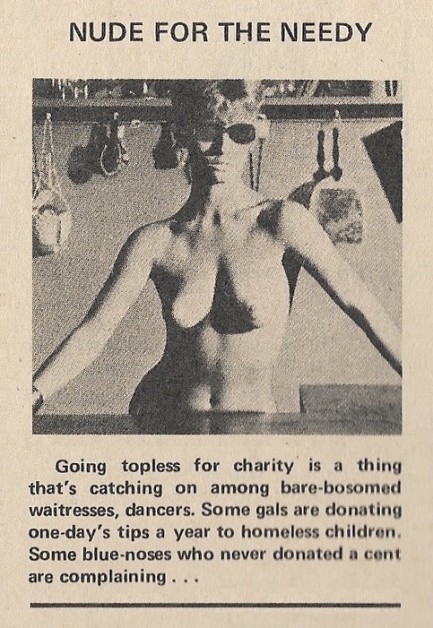
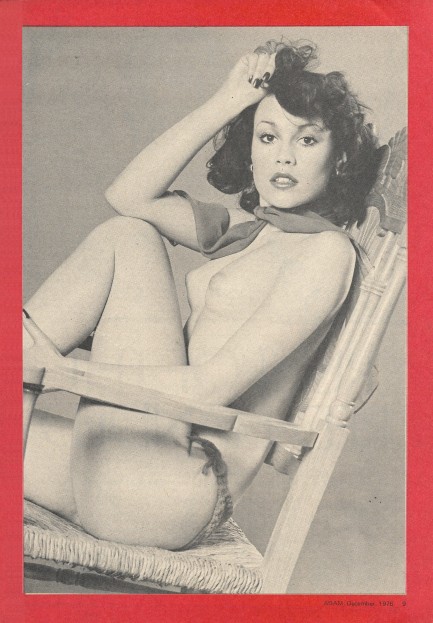
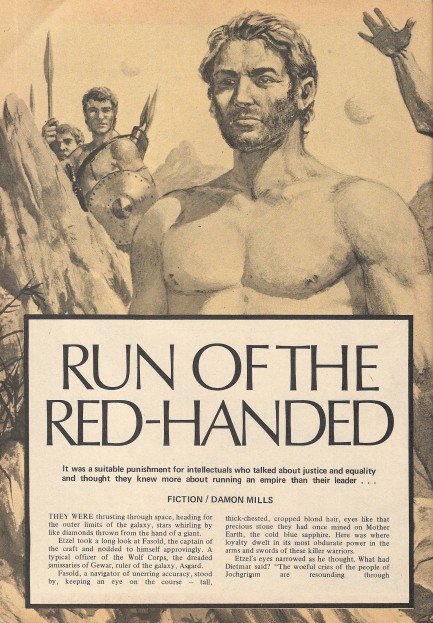
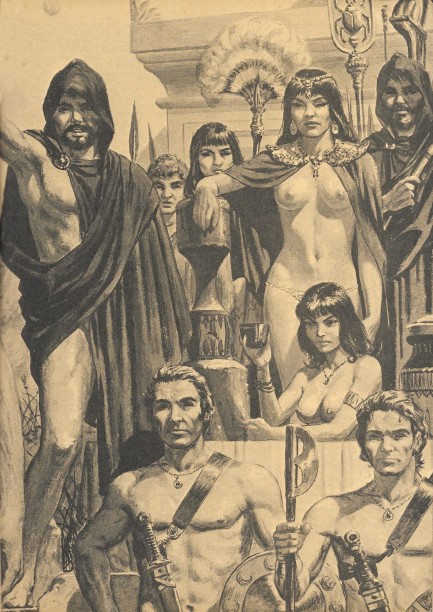


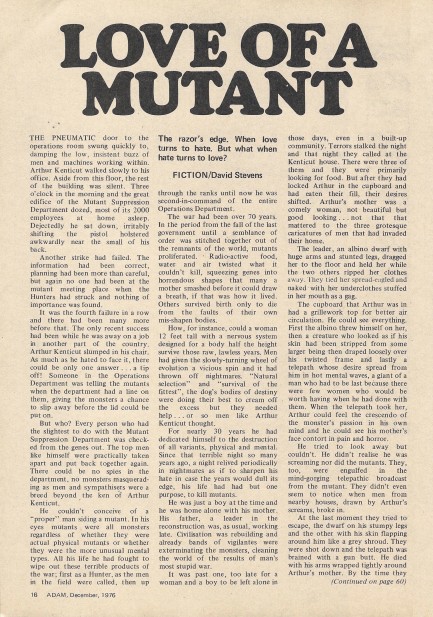
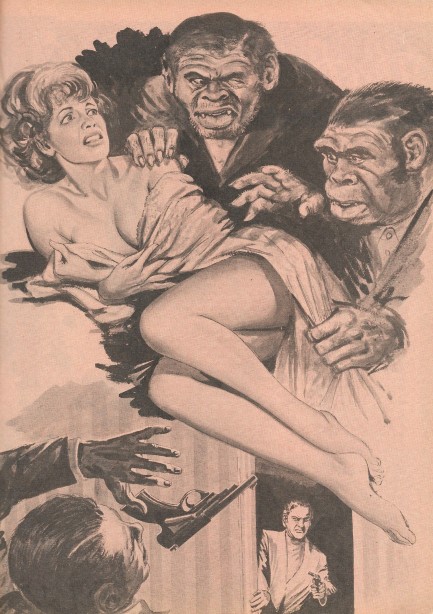
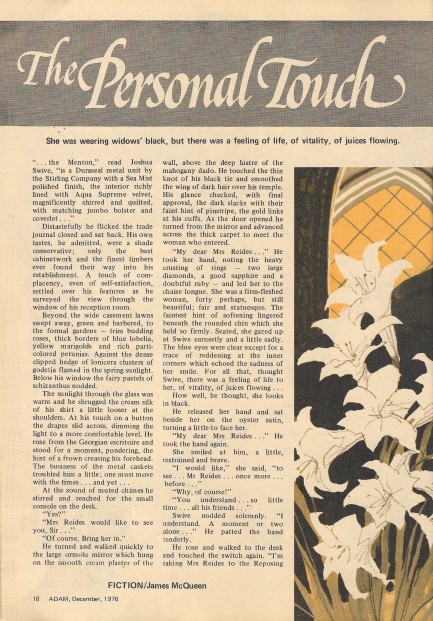
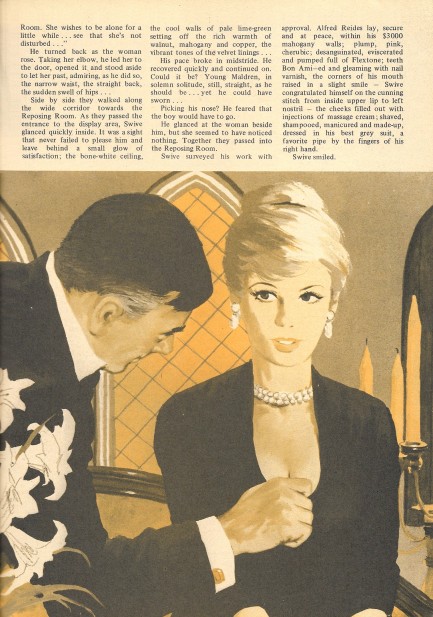
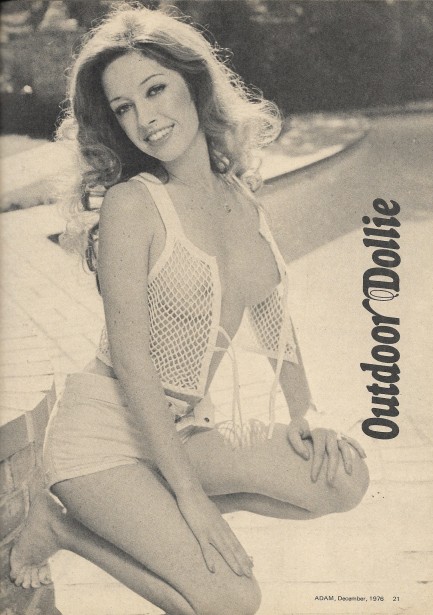


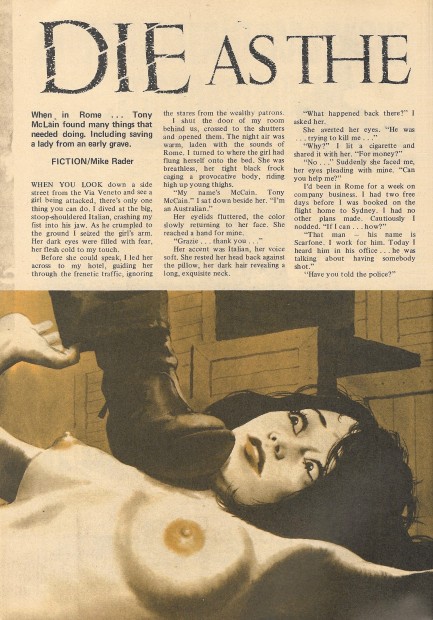
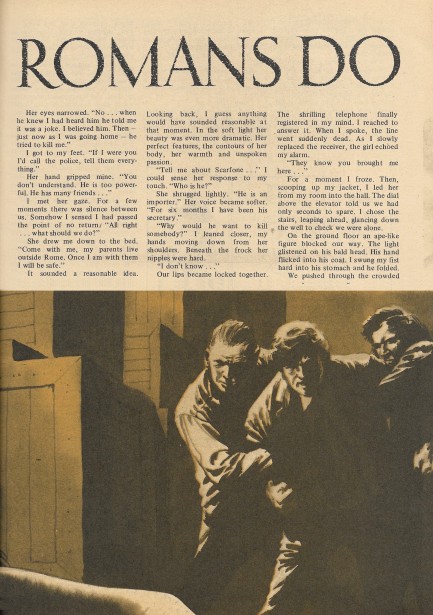

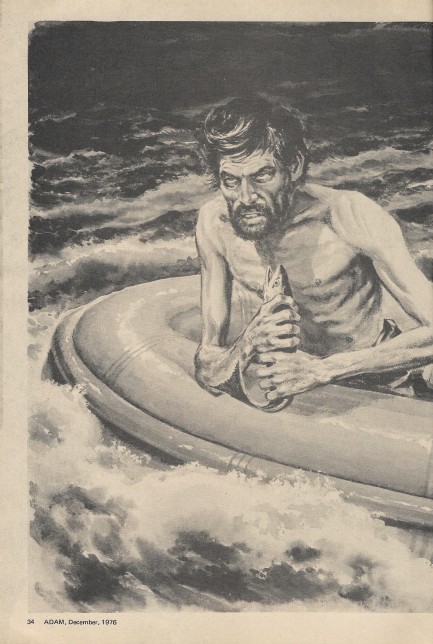
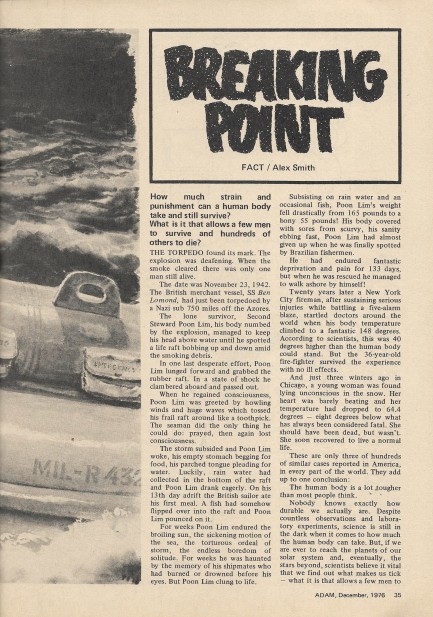


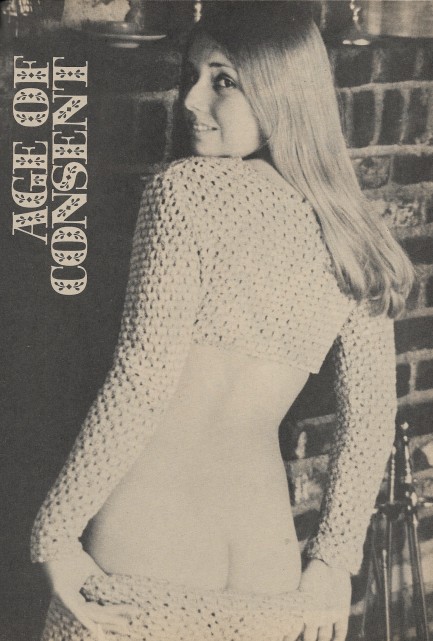
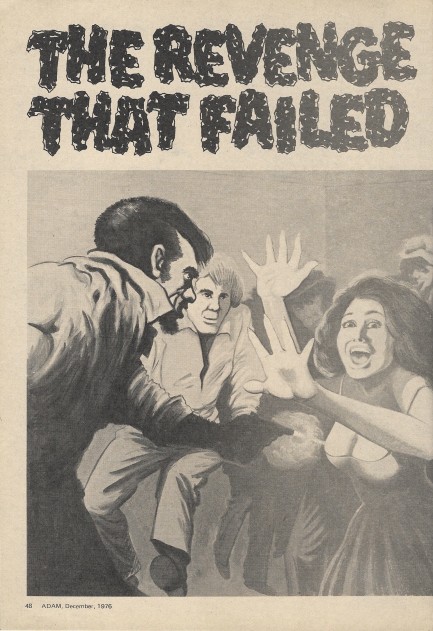
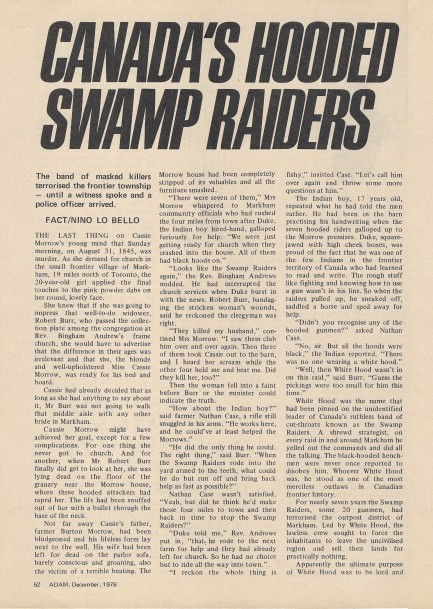
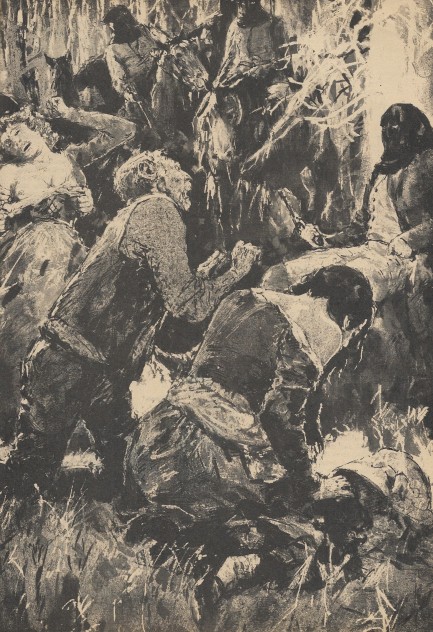


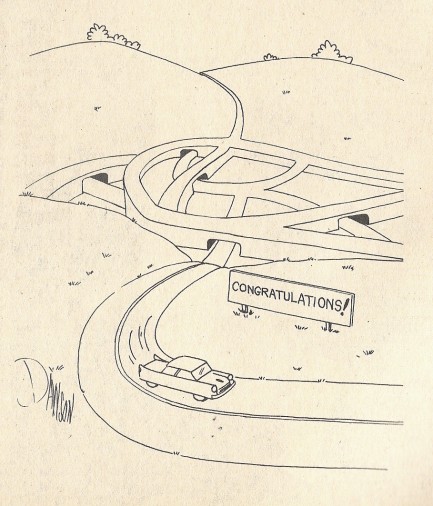

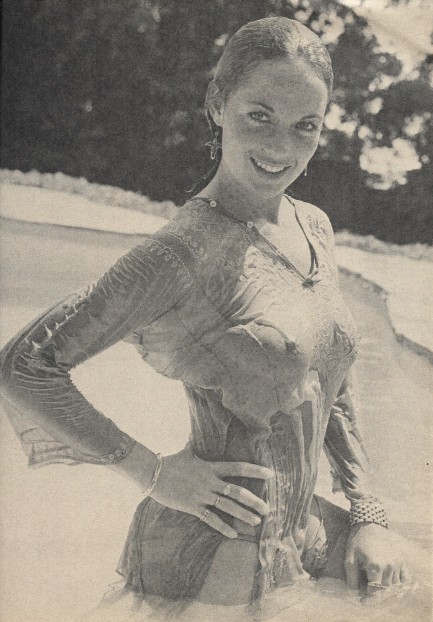


Above are thirty-five scans from a December 1976 issue of Adam magazine, with a cover illustrating Mike Rader's story “Die As the Romans Do.” We made contact with Rader a while back, and he updated us on his career, and told us some fun stories about working with Adam editors back in the day. The tale he weaves in this issue concerns an Australian tourist in Rome who helps a damsel in distress, and for his kindness gets ensnared in a murder plot. The scene in the painting occurs when he and the damsel, named Claudia, flee the Roman catacombs during a Mafia-on-Mafia shootout—but only after Claudia has had her dress ripped off by the villains.
Rader's fiction is always interesting, but the highlight of this issue is a photo feature of Daisy Duke herself—Catherine Bach, three years before she became world famous on The Dukes of Hazzard—who you see just above. Since she isn't identified in the shots, it isn't like Adam knew who they had on their hands. To them, they simply had some nice handout photos of a minor actress. But that stroke of luck gives this issue extra value, at least as far as we're concerned. Believe it or not, after posting sixty-two issues of Adam we still have forty more we haven't scanned yet. Will we get to them all? We'll certainly try.
| Vintage Pulp | Dec 24 2019 |

Lee provides the style, Laffin provides the substance.
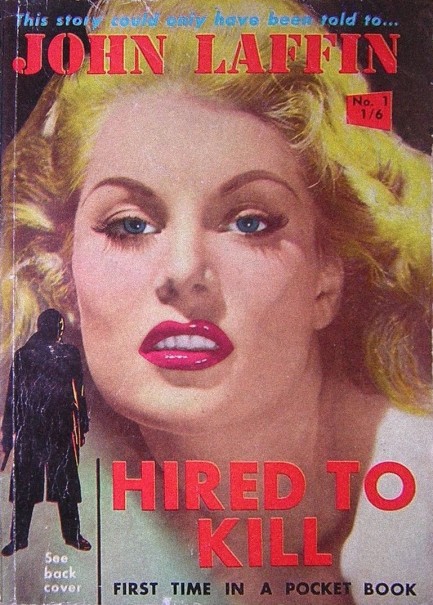
We're back to Horwitz Publications and its appropriation of Hollywood stars for its covers. If you haven't seen those they're all worth a look because of their usage of rare images. On the above cover from 1957's Hired To Kill, the face belongs to Belinda Lee, and as always the taste of Horwitz editors is impeccable. But Lee wasn't long for this world. She was just establishing herself as one of Britain's best exports when she became a road casualty during an ill-fated 1961 drive from Los Angeles to Las Vegas.
Moving on to John Laffin, he was one of those authors whose brand was being a real-life adventurer. He was supposedly an ex-commando who was an expert with rifles, martial arts, and throwing knives, and who also spoke five languages. He'd visited thirty-two countries at the time of publication of this novel and was busy adding to the number, according to the rear cover text. And apparently he had been published in fourteen countries and five languages, which makes it a bit embarrassing we'd never heard of him.
We checked out his bibliography and sure enough, the guy wrote a pile of books. Many of them were war biographies and political analyses. He mainly focused on the British experience in World War I, but wrote everything from adventure fiction to an “expert”—i.e white guy's—analysis of the Arab mind. He sounds like an interesting fella, so we may look what's out there that we can acquire for a reasonable price and see what his fiction is like. If we do we'll report back.
We checked out his bibliography and sure enough, the guy wrote a pile of books. Many of them were war biographies and political analyses. He mainly focused on the British experience in World War I, but wrote everything from adventure fiction to an “expert”—i.e white guy's—analysis of the Arab mind. He sounds like an interesting fella, so we may look what's out there that we can acquire for a reasonable price and see what his fiction is like. If we do we'll report back.
| Vintage Pulp | Dec 13 2019 |

Just when you thought it was safe to go back in the water.
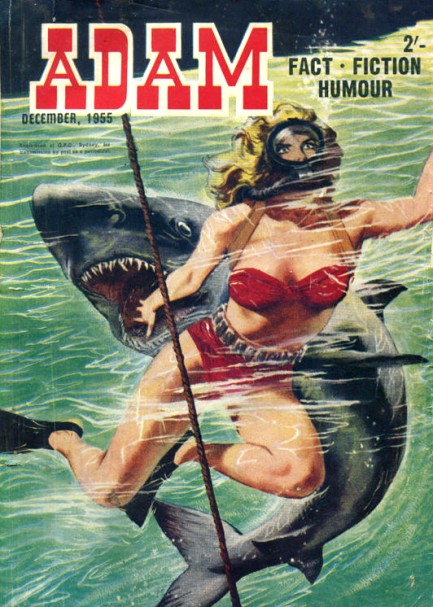
We thought the 1952 issue of Adam we scanned a little while back was fragile. It has been surpassed by the above pastry crust-like issue from this month in 1955, which we barely got back into a plastic sleeve (reasonably) intact. In case you ever wondered why we stick with ’70s issues, that's the answer. But the older mags often come bundled in lots with the newer ones. Anyway, it's nice, with a brilliant cover illustration of a scuba diver and a shark, not the first time Adam has gone with this shark theme. The art is meant to reference one of the tales inside, Jonathan Edwards' aquatic adventure “Deep Water Hero,” about a trio of fortune hunters that go diving on a shipwreck and run into shark trouble. There are lots of shark tales in these magazines, one every few issues. This one is probably the best we've read. In addition you get rare photos of Abbe Lane and various unknown models. We have eighteen scans below, sixty other issues in the website, and more from Adam to come.
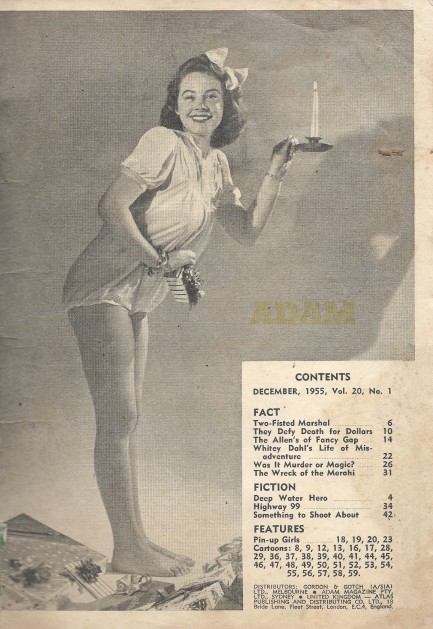
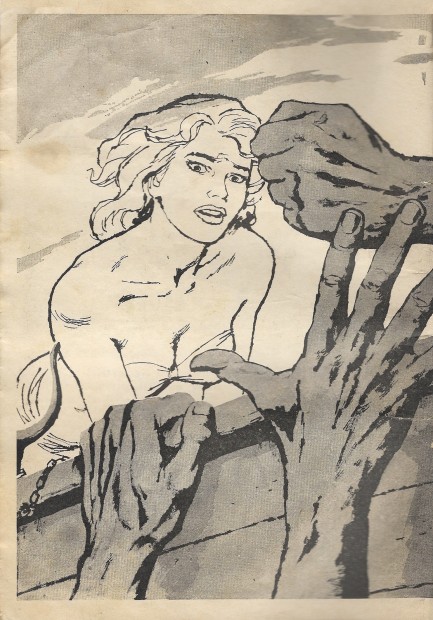
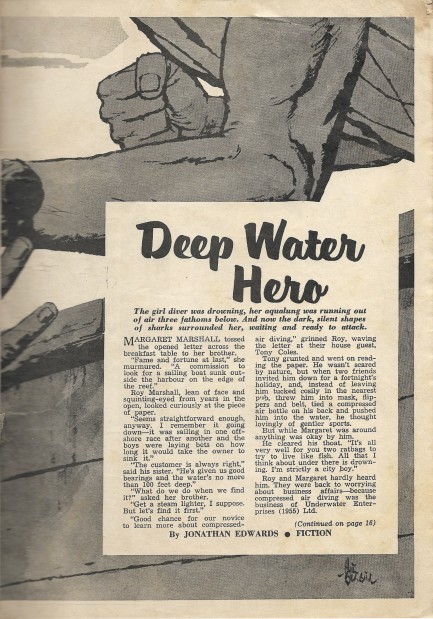
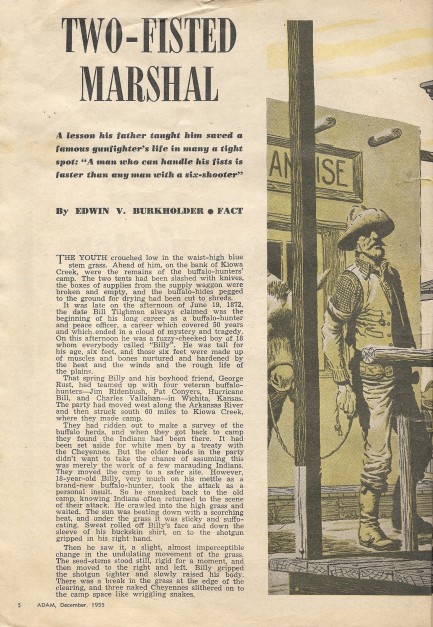
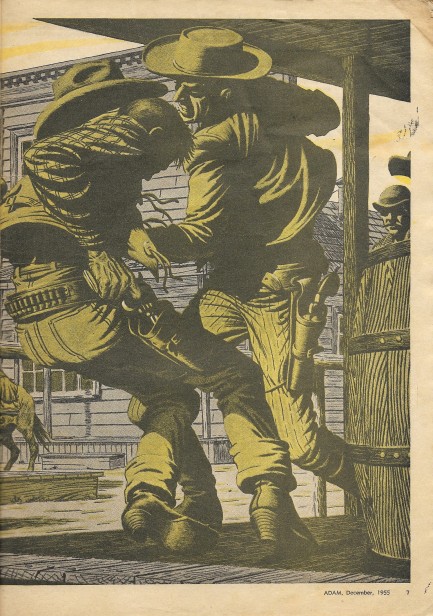
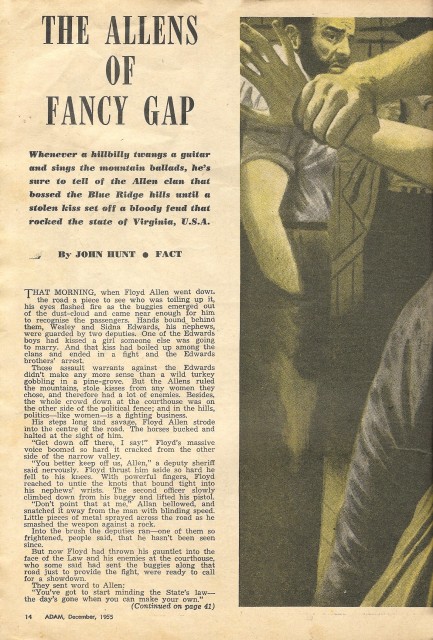
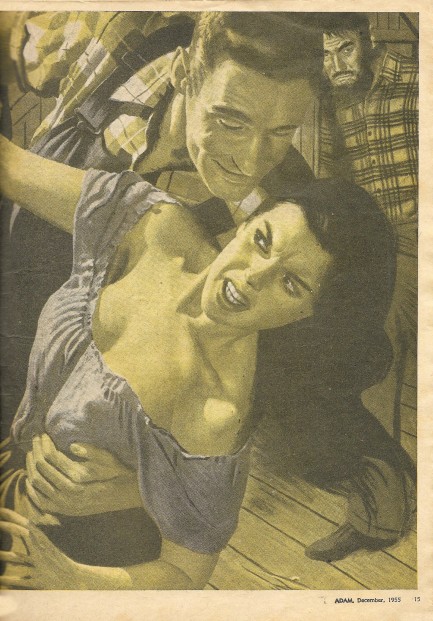
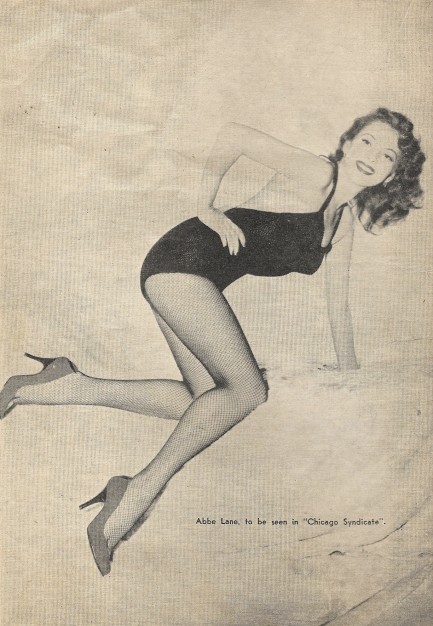


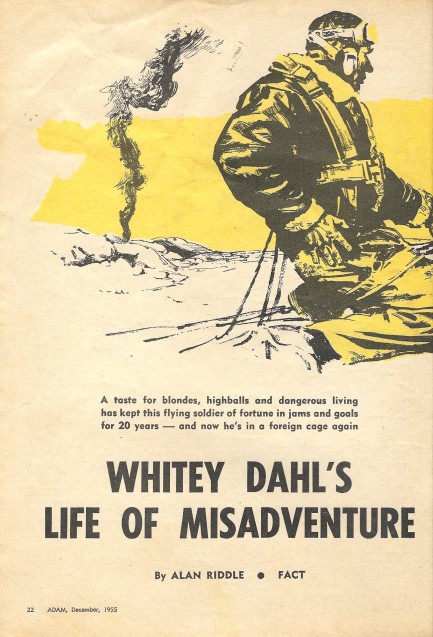
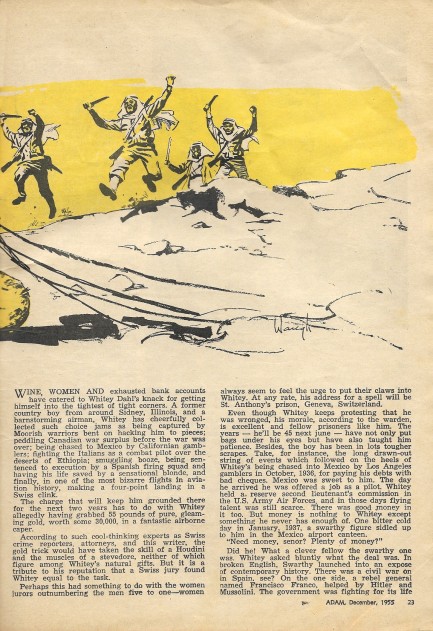
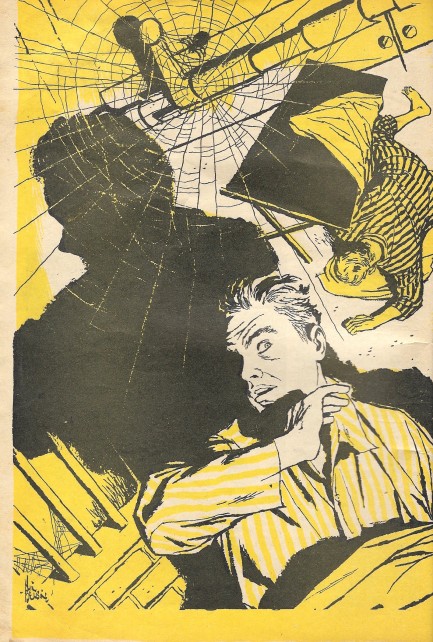
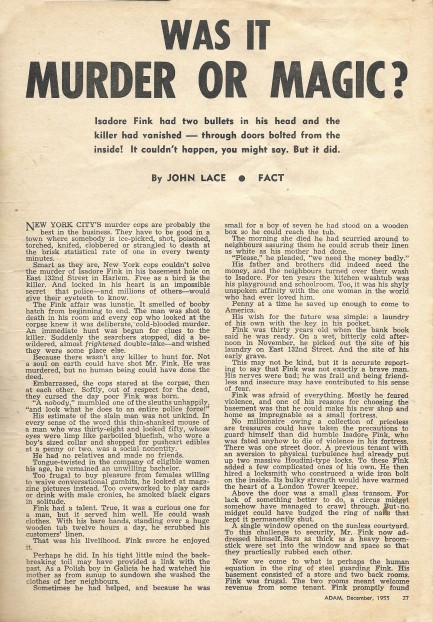

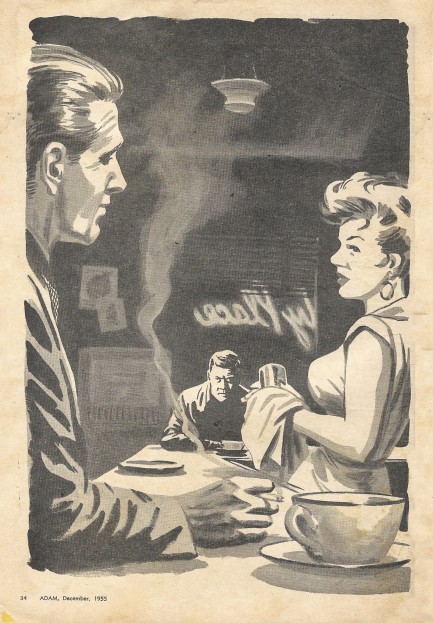
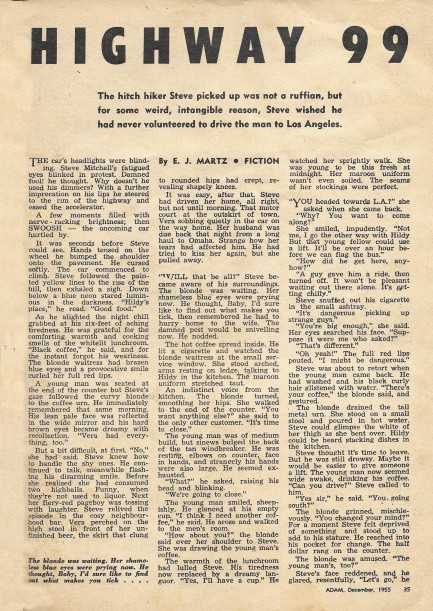
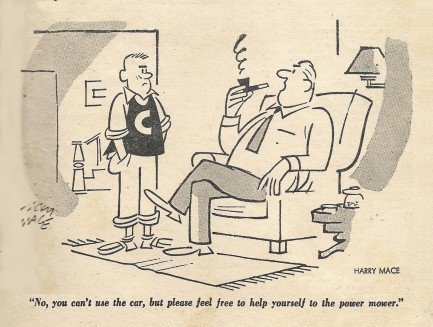
| Femmes Fatales | Nov 10 2019 |

In this week's episode she uses two torpedoes to blow up Monroe and Mansfield.
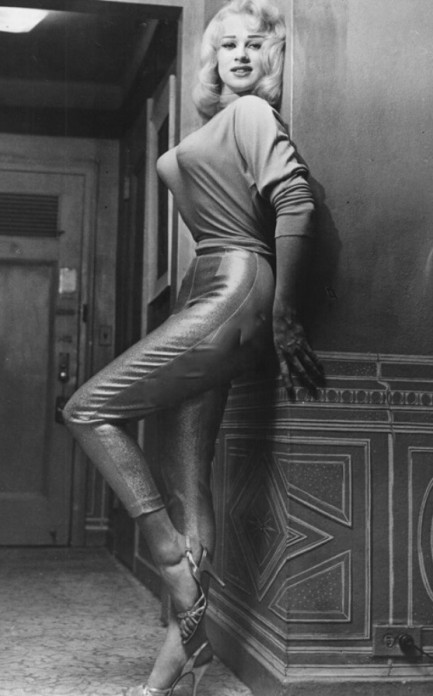
We've seen our share of torpedo boobs but these take the prize. Norma Ann Sykes, better known as simply Sabrina, makes munitions couture look almost passable in this promo shot made in 1957. The bra gets most of the credit for this physics-defying image, of course, but her reported 41-inch bust had something to do with it too. We recently called Sabrina the one-name star time forgot, but that isn't true. Though she never became the British Marilyn Monroe or Jayne Mansfield she was touted as, and her film career was scant, she was an outsize celebrity and tabloid staple who received up to 1,000 fan letters a week.
She used the recognition to tour the world as a cabaret act and, according to reports, on one occasion an adoring crowd of 10,000 caused part of the roof to collapse at Maylands Airport near Perth, Australia. With these and other adventures to her credit, it's fair to say Sabrina is one of the most noteworthy celebrities of her era. There's an extensive website about her that you can access at this link. If you visit, make sure to check the section “Sabrina Incidents,” and you'll see what we mean by other adventures. One thing is clear—Sabrina hasn't been forgotten. Not on that website, not on this one, and probably not anywhere.
 |
 |




































































